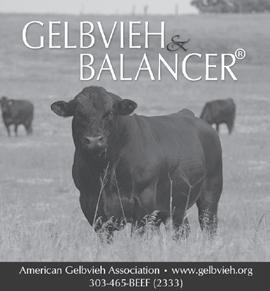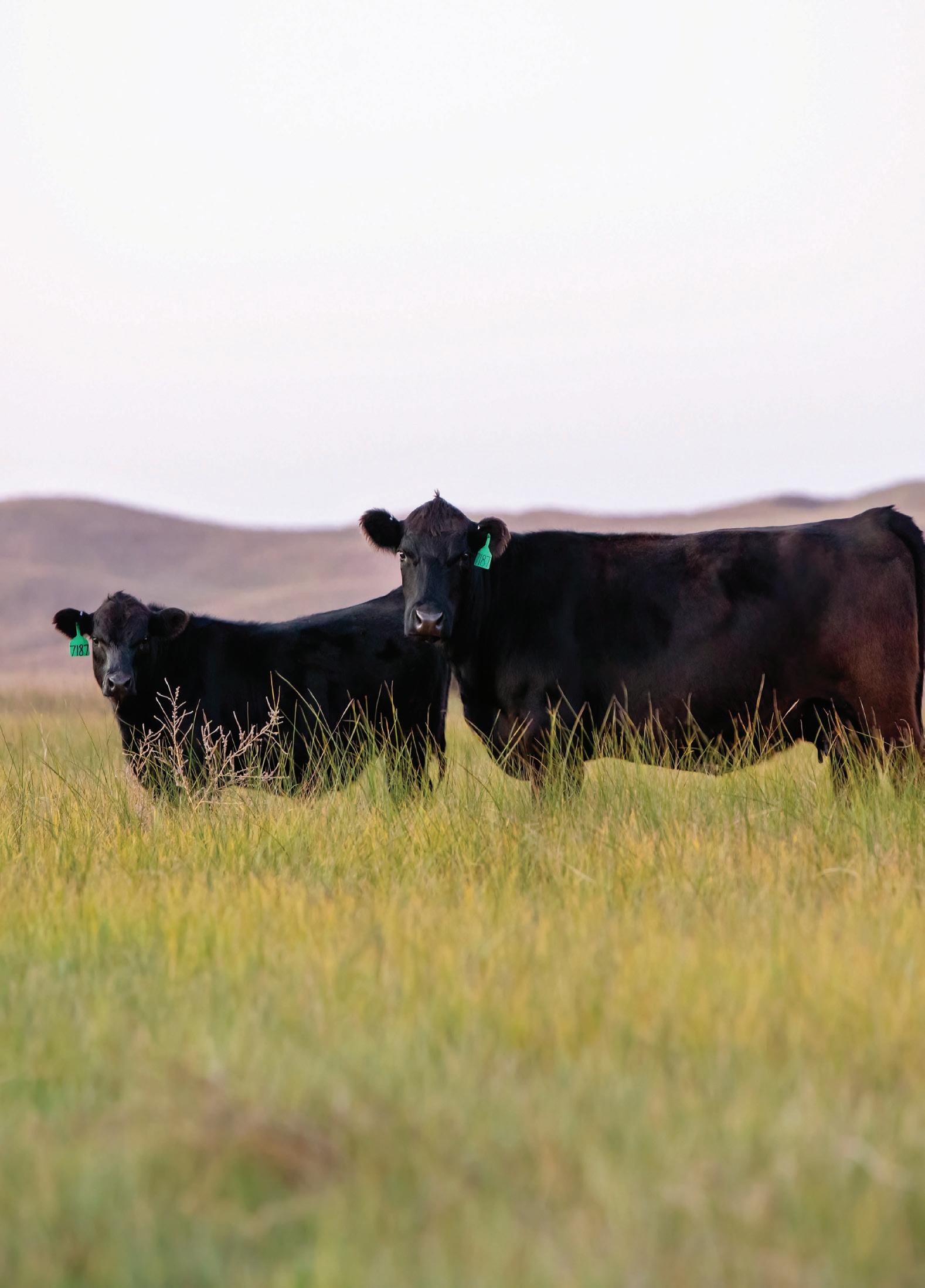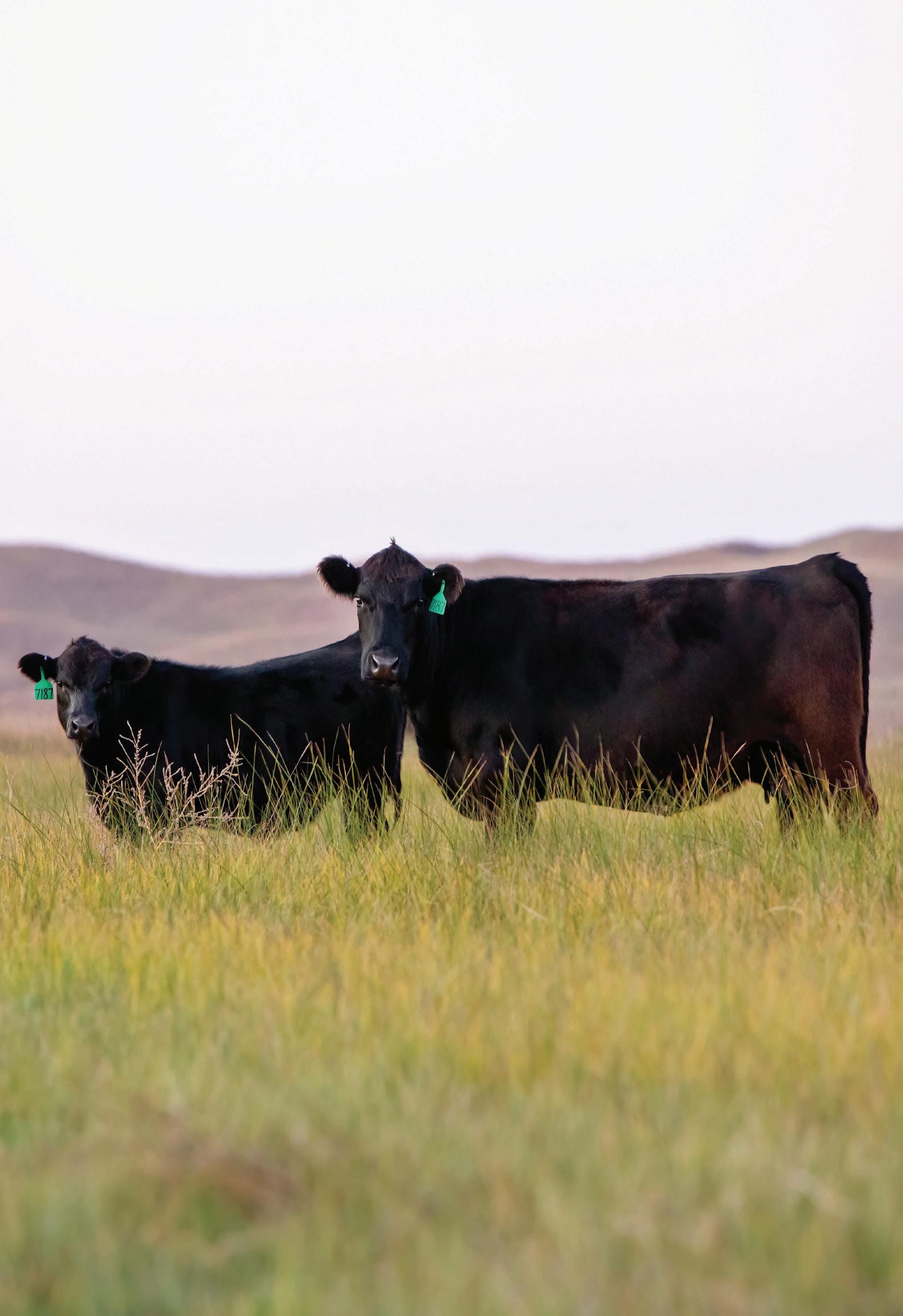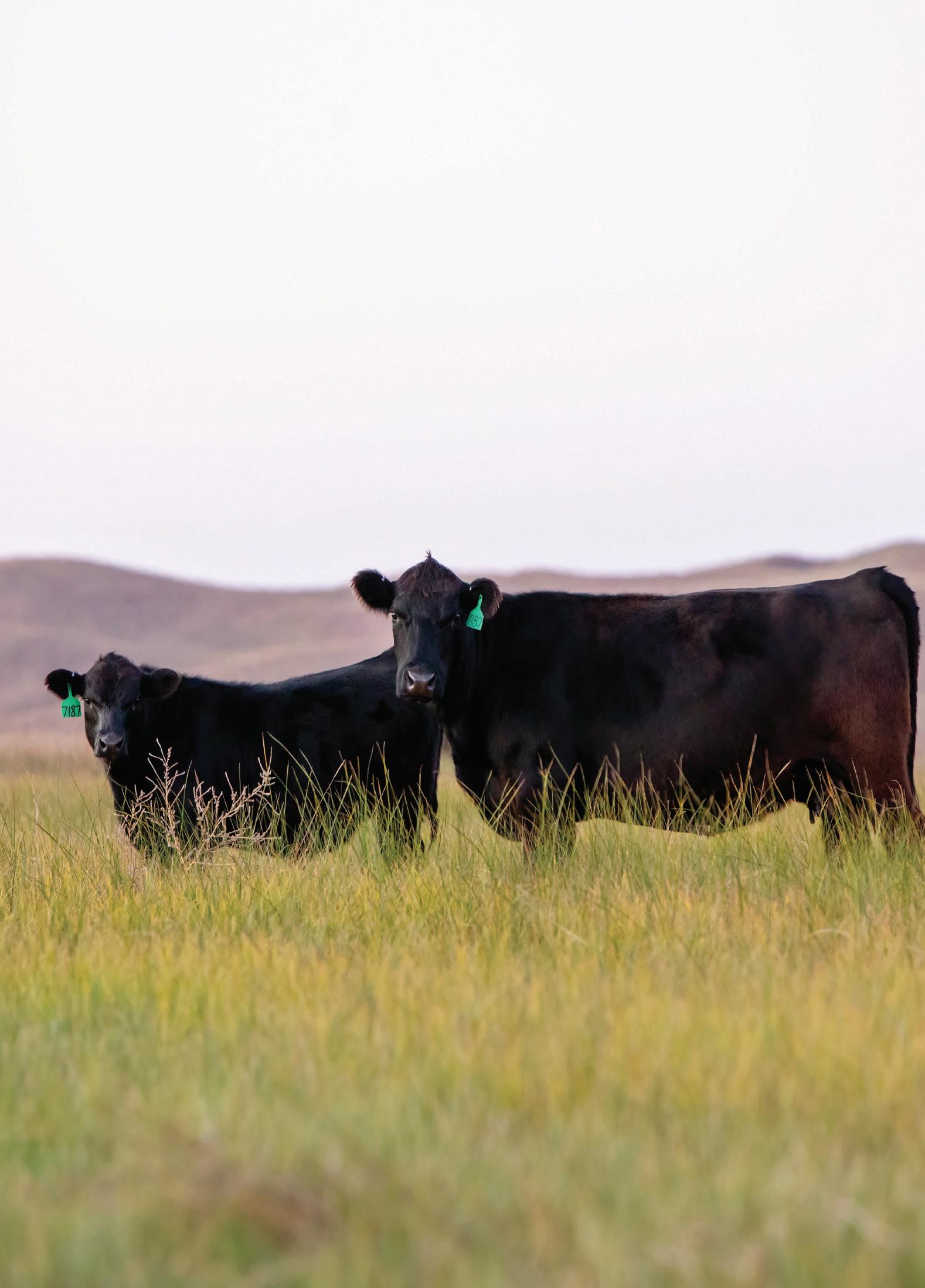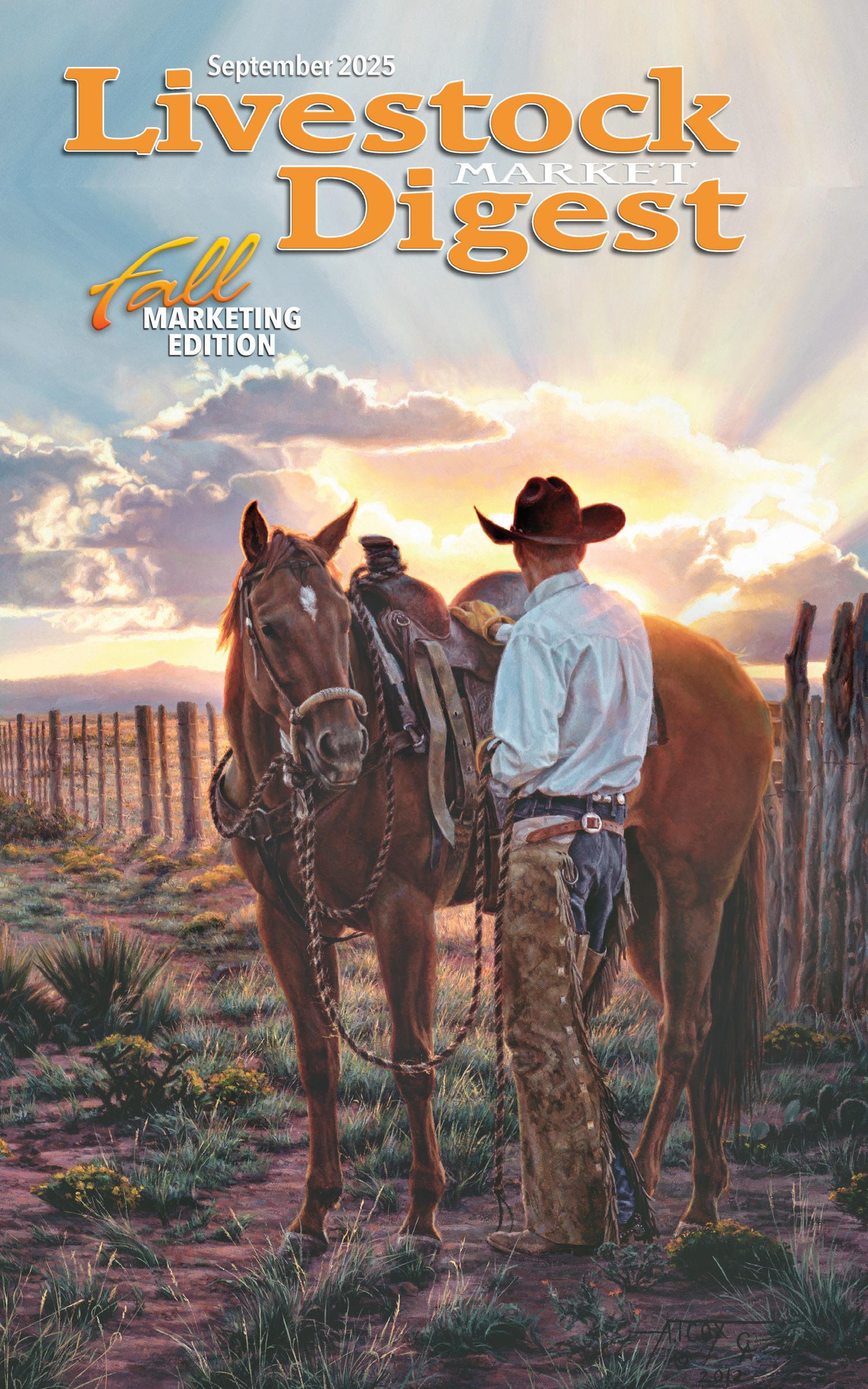

The Flop Burger
LEE PITTS
distinctly remember the day I first saw six feet of linear space four tiers high in the meat section of our local grocery store filled with Beyond Meat products. “Uh oh,” I thought, “this could be bad for beef, real beef, not the fake-a-tarian plant version.”
My fear was heightened when I saw the founder of Beyond Meat, Ethan Brown, ring the opening bell at Nasdaq May 2, 2019, in New York City. In speeches Brown has given he’s said we were experiencing a “wildlife holocaust” caused by clearing forests around the world for agriculture. “Cows aren’t getting any better at turning plants into meat,” he said. “And they never will. We’re getting better at it every day. And we’re going to keep getting better. Livestock is an antiquated technology and the cow business is not sustainable.”
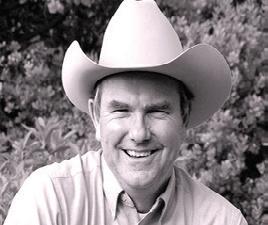
News with a View...
The greenies pinned their hopes on fake meat hoping it would lure consumers away from real beef. Brown said, “It has to be done.” When he was interviewed by the New Yorker in 2019, he said their goal was to “end animal agriculture by 2035.”
Founded by Brown in 2009, Beyond Meat went public in 2019 and there was tremendous hoopla in the press. The initial buzz about plant burgers was that they had a future compared to that of Bitcoin and initially its stock climbed more than 700 percent!
If Beyond Meat deserved so much publicity when it was first rolled out shouldn’t there be equal media attention when it all turns out to be El Biggo Floppo?
Just Another Fad
Remember when Beyond Beef burgers were all the rage? When McDonalds rolled out the McPlant Burger they called it, “The first plant-based patty worthy of being called a McDonald’s burger.” The environmentalists were elated knowing that the meatless patties could not only reduce animal cruelty, they could also change the direction of climate change. Most of the big fast-food chains came up with their own version of the McPlant and said the plant burgers looked, tasted, and bled like beef without any of the drawbacks: no cows burping methane, no more slaughter plants, and barely any cholesterol. You know the story, but have you heard that the firm is now teetering on the edge of bankruptcy? Or that its stock price plummeted 94 percent from its peak in 2020. Ouch!!
Although we called it The Flop Burger it could also be called The Plop Burger because fast food firms dropped Beyond Beef burgers faster than a cow drops a plop. McDonalds quietly removed the McPlant burger from its American menu less than a year after it started a trial run. Subway got rid of its Vegan Steak, and the Beyond Fried Chicken was rubbed out in January 2022, by KFC. Dunkin’ ended its relationship with Beyond in 2021 and Del Taco also took Beyond Meat off its menus.
Burger King still offers its Impossible Whopper which can be ordered with cheese. (Note to veg-heads: if you eat cheese that came from cows, sheep or goats you are NOT a vegetarian.) The Impossible Whopper was rolled out in 2019 with a price of $5.59 and was marketed as “100% Whopper, 0% Beef.” The regular Whopper with real beef cost about a dollar less!
As for the entire category of fake meat Forbes described it a “lifeless market,” and the Guardian in England said “plant-based meat’s sizzle fizzled in the U.S.” The Street said, “Beyond Meat is headed towards bankruptcy,” and a Bloomberg headline proclaimed that fake meat was “just another fad.”

For advertising, subscription and editorial inquiries write or call:
Livestock Market Digest P.O. Box 7458 Albuquerque, N.M. 87194
Telephone: 505-243-9515
Livestock Market Digest (1SSN 0024-5208) (USPS NO. 712320) is published monthly except semi-monthly in September in Albuquerque, N.M. 87104 by Livestock Market Digest, Inc. Periodicals Postage Paid at Albuquerque, N.M. POSTMASTER-Send change of address to: Livestock Market Digest, P.O. Box 7458, Albuquerque, N.M. 87194
— MY CHECK IS ENCLOSED FOR —
One Year: $35 Two Years: $45 Single copy: $10
Clip & mail to: Livestock Market Digest, P.O. Box 7458, Albuquerque, N.M. 87194
Fax: 505-349-3060 www.aaalivestock.com
EDITORIAL and ADVERTISING STAFF
CAREN COWAN Publisher
LEE PITTS Executive Editor
CHUCK STOCKS Publisher Emeritus
RANDY SUMMERS Sales
FALL MARKETING EDITION AD SALES
RANDY SUMMERS, 505-850-8544 email: rjsauctioneer@aol.com
FIELD EDITOR
DELVIN HELDERMON, 580/622-5754 1094 Koller Rd, Sulpher, OK
ADMINISTRATIVE and PRODUCTION STAFF
KRISTY HINDS Graphic Designer
All subscriptions non-refundable.
Worthless?
An article from The Food Institute, titled “Beyond Meat Fights for Survival”, by Vince Martin, said, “From a fundamental perspective, Beyond Meat is one of the worst stocks in the entire market. Revenue growth has been paltry and profitability is distant. In 2024, on an operating basis Beyond Meat lost 45 cents from every dollar of sales. That’s a problem given that over $1 billion in convertible bonds come due in March 2027. Beyond Meat has no way to repay the debt, and the credit markets know it: The bonds currently trade at about 17 cents on the dollar.”
Martin wrote, “The surprise is not that Beyond Meat stock is down 98% from early 2021 highs to an all-time low; it’s the fact that the stock has any value at all. Any purely financial model here would suggest that the equity is worth zero, and that in 2027 the Beyond Meat business will wind up in the hands of its bondholders.”
Recently numerous stories in the media said Beyond Meat has filed for bankruptcy but the company called those rumors “unequivocally false” although its stock is down another 50 percent since the beginning of November 2024. Their only hope is that the likes of former investors like Bill Gates will pump in lots more money but he didn’t become amongst the richest people in the world by throwing good money after bad.
Just a few years ago Beyond Meat’s plan was to change the world but first it has to keep from going broke. Vince Martin wrote, “To be sure, the end of Beyond Meat stock doesn’t mean the end of the Beyond Meat business, let alone the end of the plant-based meat industry. But the disappointment of BYND stock clearly is a reflection of the disappointment of the industry as a whole.” Dog Food?
Beyond Meat blamed its poor sales performance on softening demand, reduced distribution in U.S. retail, and low sales of its burger products to restaurants internationally. But the real reasons go much deeper. Over the past year and a half there have been numerous bankruptcies and reorganizations in the fake meat industry and more consolidation is expected.
So what really happened? According to Max Graham writing for Grist, “There’s no shortage of theories. While they’ve been finetuned to include less fat and cholesterol than real beef, early products were full of sodium and used additives for taste and texture, like sugar and carrageenan — an extract from seaweed that’s the subject of health concerns among some scientists and nutritionists. Companies like Beyond and Impossible have tinkered with recipes to get rid of additives and make fake meat more nutritious, but the fact remains that their burgers are lab creatures,” wrote Graham.
“The big problem with plant-based meats is they fall into the category of ultra-processed,” said Marion Nestle, a longtime food studies professor at New York University. “Even though plant-based meat might be healthier than red meat on a nutritional basis, it’s still part of a broader class of processed foods, including cereal and sodas, that have been linked to poor health outcomes. There’s just tons of evidence that these are the kinds of foods to avoid,” Nestle said. “The ingredient list is lengthy and that has been the basis of attack by the meat industry.”
“Fake meat or dog food?” One of the groups biggest beefs was that plant burgers come from factories, not farms.
“The meat industry really made a concerted effort to make people think plant-based meat is not healthy,” said T.K. Pillan who turned his Veggie Grill into the largest vegan fast-food chain in the America. But even Pillan acknowledged that plant-based burgers aren’t always the healthiest option.”
According to Graham, the fake-meat push came at an inconvenient time. “Around the same time, a health movement promoting “clean” foods — meat and vegetables that aren’t processed — entered the mainstream.”
“The meat alternatives have run up against this other trend,” said Jayson Lusk, an agricultural economist at Purdue University. Lusk often hears the refrain: “If I wanted plants, I’d just eat plants.”
“Healthfulness” was the top reason people bought plant-based meat in 2021, according to an International Food Information Council survey. A Deloitte survey found that 68 percent of buyers thought the novel burgers were healthier than beef but in just one year that figure slipped to 60 percent.
“Even more than health perceptions, taste and price are the two main reasons people don’t buy plant patties, said Tessa Hale, director of corporate engagement at the Good Food Institute. “They don’t want to try it because they just have this idea that it’s going to taste bad. Or they simply can’t afford to shell out for a pricier product, made even more expensive by inflation. Plant-based meats often cost two or three times more than their cow-based counterparts at the grocery store. In 2019, the average retail price of meat alternatives was $9.87 per pound, while that of conventional meat was $3.53. Today, Walmart sells Beyond Burgers at $9.68 per pound and beef patties for as little as $3.94 per pound. Some compare the cost gap to that between electric and gas-powered vehicles: Until prices come down, the premium, climate-friendly option won’t be widely adopted.”
Is This The End?
Texas became the fifth state this year and seventh overall to ban lab-grown meat. Selling labgrown meat, which is produced by growing cells acquired from living animals in a controlled environment, will be subject to civil and criminal penalties under the new law that is set to go into effect in September. Texas joins Indiana, Mississippi, Montana and Nebraska in enacting new laws this year; Alabama and Florida did so last year. Upside Foods, one of the companies federally approved to sell cultivated meat, sued Florida shortly after the state passed the country’s first lab-grown meat ban and that lawsuit is pending.
Jack Hubbard, executive director of the Center for the Environment and Welfare says, “The lab-grown meat sector will face significant future headwinds as consumers learn more about manufacturer’s use of ‘immortalized cells’ and the lack of long-term nutritional and health studies around the product. We are seeing a bipartisan consumer movement against the experimental product that is gaining more and more momentum.”
As for Beyond Meat it seems they have waved the white flag in their war on meat. In the future (if they have one) their plans include dropping the word “Meat” from their company name so it will just be called Beyond.
The veg-heads are discouraged but are not giving up on their quest to wipe out cows around the world. Some companies are jumping in to take Beyond’s place. For instance, a company called Meati, is marketing steak and chicken products made almost entirely from mushrooms. And Impossible Foods, a privately held company with more than $2 billion in funding from investors like Bill Gates and Google Ventures, is still around, even though they have gone through several rounds of layoffs. Even their executives admit that profitability for the company remains “years away,” according to the Wall Street Journal, in its July 21, 2025, edition.
And then there’s Amazon founder Jeff Bezos whose foundation has been busy investing in alternative proteins to meat
and he plans to spend billions more on the meaty matter. For starters he gave North Carolina State University thirty million for research on alternative proteins and cultivated meat.
According to writer Milo Runkle, “The move by Bezos Earth Fund is a groundbreaking move that promises to reshape the landscape of food technology. This generous contribution will fund the establishment of the Bezos Center for Sustainable Protein, a cutting-edge research lab dedicated to pioneering sustainable, ethical, and nutritious food solutions.
The state-of-the-art lab, to be housed on NC State’s Centennial Campus, will focus on developing scalable, cost-effective methods for producing plantbased proteins, fermentation methods that produce protein nutrients, and cultivated meat grown from animal cells.”
“The $30 million funding from the Bezos Earth Fund to NC State,” wrote Runkle, “is more than just a financial boost; it’s a statement of confidence
in the future of alternative proteins and cultivated meat.”
Sleeping With The Enemy
The reason we brought up Bezos’ name is because not only has he been one of the biggest investors in fake meat, but in a controversial move he gave a grant worth $4.85 million to the American Angus Association to help reduce methane emissions from livestock.
The move to take millions from a man who has vowed to replace real beef with a fake product upset many Angus Association members and a backlash from some commercial cowmen on social media who promised to, “Never buy another Black Angus bull.”
For me, the move raises two issues. By taking the millions from Bezos, the Angus Association is admitting that methane emissions from cows are significantly contributing to climate change. (The EPA says livestock contribute from four to five percent of greenhouse gas emis-
sions.) Number two: Should it be within the scope of a breed association to do research work on ways to reduce methane emissions from livestock?
Frankly, I can see both sides. In the not-so-distant future I can envision the Angus Association will have an EPD for methane emissions and I am curious if there are strains of Angus that produce less methane. If so, I’m sure some meat companies will try to market “earth friendly beef” to non-beef eaters based on their ability to “save the planet.” I just wish the Angus Association had gotten their money from someone other than the King of Fake Beef.
Oh, I almost forgot... remember that six feet of linear space in our local grocery featuring Beyond Meat products that I mentioned at the start of this story? Today you couldn’t find any Beyond Meat anywhere in that same store with a magnifying glass and three sniffer dogs. ▫
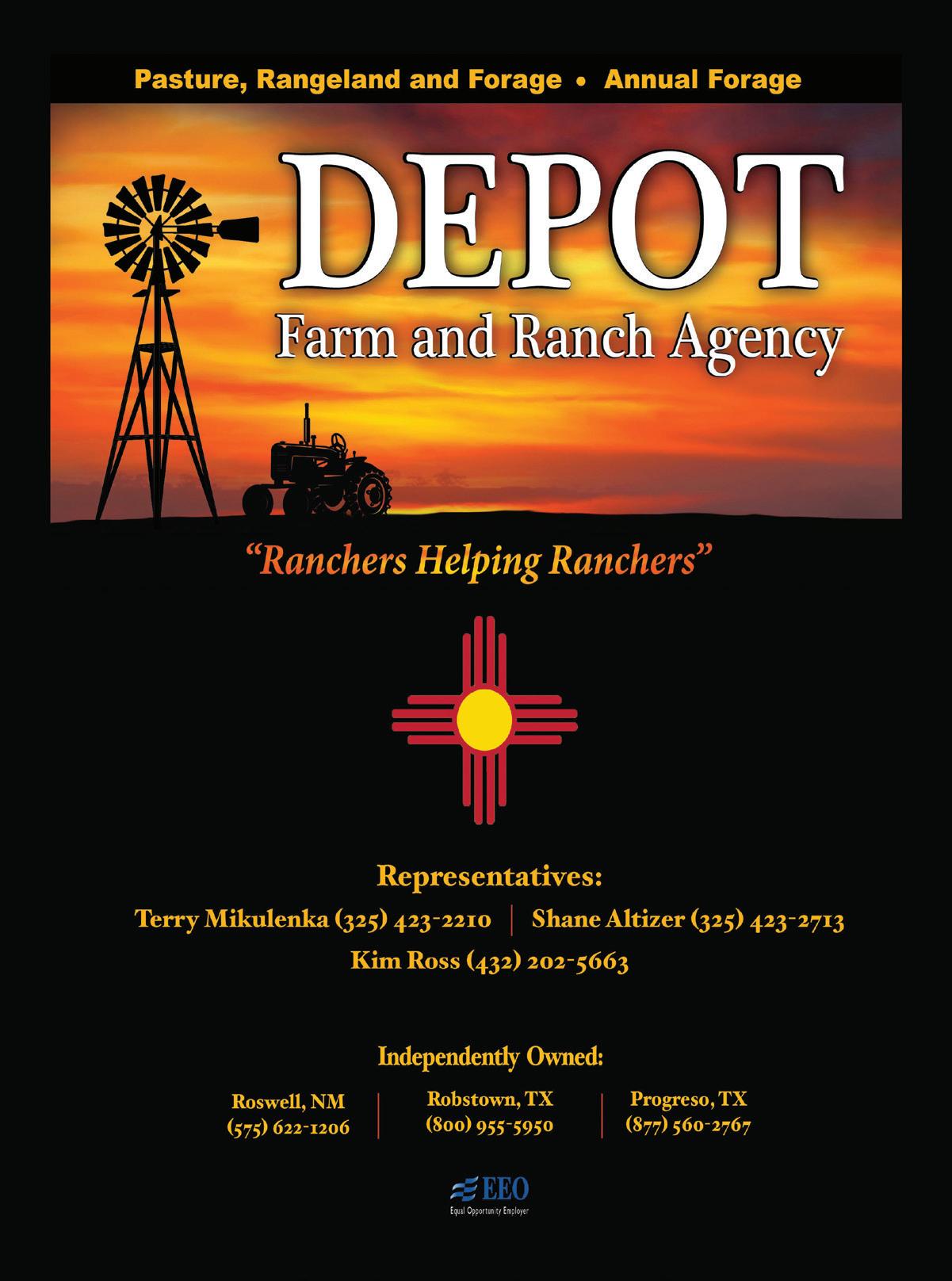
Riding Herd
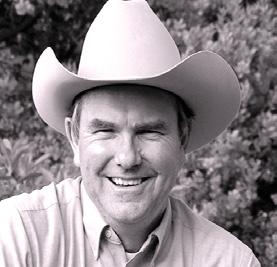
by LEE PITTS
Between The SO and LD
BY LEE PITSS
Ifeel sorry for sale managers when they stop a sale and make a long speech telling the crowd the animal in the ring is the best bargain since the Dutch bought Manhattan from the Indians for some beads and $24 in cash. Then after the momentum of the sale has come to a complete stop he’ll hand it back to the auctioneer who, despite the speech, can’t find another bid anywhere.
That’s why it’s important to have an auctioneer and a ring crew who know intuitively when a person is done bidding. If you watch a bull sale closely you’ll see a ring man point to the out gate or shake his head meaning his bidder is done bidding. I used to use my flat hand in an underhand movement like I was pushing the animal out of the ring.
This is especially important
in a video sale where the TV time can cost over three grand an hour and you want to sell as many lots as you can while still getting every dollar for the consignor. Now days where we often see bull sales with 500 bulls and a couple hundred females and you don’t want to be wasting any time.
Years ago, we were selling a high dollar bull and the auctioneer thought we’d gathered up all the money we were going to get and he said “SOLD” and slammed his gavel down right before a ring man turned in another bid. It was obvious to everyone the bull had sold but the auctioneer made the mistake of saying, “You got me right between the SO and the LD” and he restarted selling the bull. The man who’d obviously already bought the bull once became very irritated and ended up buying the bull for $30,000 more than he’d paid the first time. He told the owner he’d never buy another animal at his sale as long as he employed the same auctioneer.
Guess who got fired?
I was the announcer for a big video company for 20 years and we had six World Champion auctioneers and I was on the block 95% of the time. In all that time I can’t remember two times that we had a similar incident because we had such good auctioneers and excellent ring men. We never wanted to sell a bidder out too soon but we didn’t want to beg and plead all day either. A good ring man knows instinctively when a bidder is done bidding and conveys this information to an auctioneer who usually trusts his judgement.
I read one time that people who’ve had abusive childhoods make excellent ring men because they’d had to read the
mind of the abusive parent to know when to steer clear. I think there’s something to this theory because I learned to read my mean alcoholic father like a book to avoid a scolding, a swat or worse.
I enjoyed my 50 years as a ring man and made a study of it. I read a book a long time ago that said only one third of communication takes place through the spoken word and the book explained how to read a person’s tells and non-verbal behavior. If you watch car auctions on the Internet you’ll see practically on every lot a bidder will tell the ring man he’s through bidding but then goes on to bid several more times. To know when he or she really means it a ring man studies the bidder’s posture, gestures, and movements. If the bidder tells you they’re done while covering their mouth, scratching their nose, covering their ears or their eyes, or blinks a lot he or she will probably bid again. But if they offer you an open palm in the direction of the person they’re bidding against, he or she is DONE and you can convey this information to the auctioneer with confidence. The same with a man turning to his wife and saying, “I’m through.”
He dang well better be.
Surprisingly when a bidder gets up and says, “I’M DONE!” while walking away that doesn’t necessarily mean he is. I’ve seen countless times where the bidder will stop, turn around and bid again.
Working a ring is a lot like playing poker in the wild, wild west only the ring man doesn’t lose any money and no one gets shot. At least so far anyway.
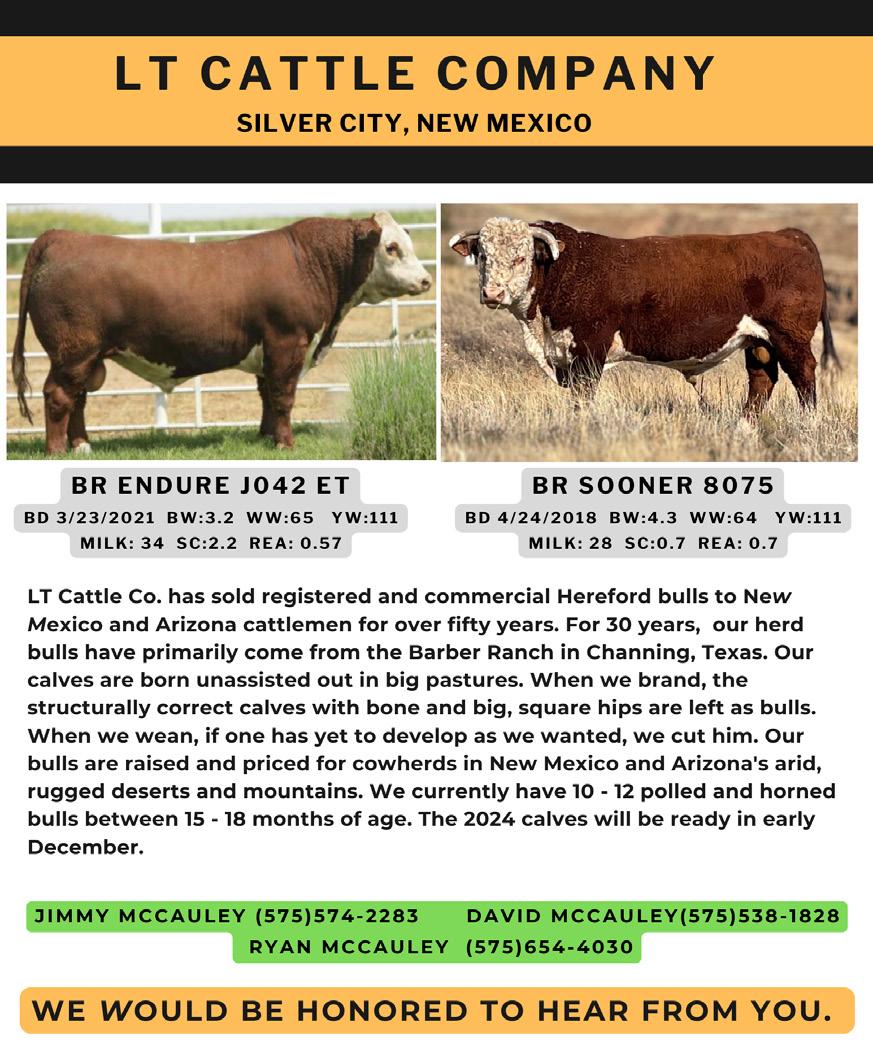
USTR Seeks Public Comment on the Joint Review of USMCA
The Office of the U.S. Trade Representative has announced a public consultation process in advance of the joint review (Joint Review) of the Agreement between the United States of America, the United Mexican States, and Canada (USMCA or Agreement) on July 1, 2026. As directed by Congress, USTR is seeking public comments on the operation of the Agreement. In addition, USTR will hold a public hearing on November 17. This consultation process is required by U.S. law.
The focus for solicited public comments includes, but is not limited to:
■ Any aspect of the operation or implementation of the USMCA;
■ Any issues of compliance with the Agreement;
■ Recommendations for specific actions that USTR should propose ahead of the Joint Review;
■ Factors affecting the investment climate in North America and in the territories of each Party, as well as the effectiveness of the USMCA in promoting investment that strengthens U.S. competitiveness, productivity, and technological leadership; and
■ Strategies for strengthening North American economic security and competitiveness, including collaborative work under the Competitiveness Committee, and cooperation on issues related to non-market policies and practices of other countries.
The deadline for submission of comments is 45 days from publication of the notice in the Federal Register. To view the notice visit: govinfo.gov/content/pkg/FR-2025-09-17/pdf/2025-18010.pdf
The Federal Register notice published also invites the public to express interest in participating in a public hearing. To request to participate in the hearing, visit: comments.ustr.gov/s/ Requests to appear and the summaries of testimony must be received 45 days from publication of the notice in the Federal Register. ▫
Beyond Meat Details Major Debt Exchange Offer
BY LISA KEEFE / MEATINGPLACE.COM
Beyond Meat CEO Ethan Brown in August vehemently denied that, contrary to rumors, the company had not and had no plans to file for bankruptcy. In late September, Beyond Meat detailed plans for an exchange offer to restructure its massive debt load — and it may not be much better for investors as an alternative.
Beyond Meat — its expected name change, dropping the “meat,” hasn’t been made official — has been marching to a dirge for a couple of years, and in the second quarter of 2025 reported a 20 percent drop in revenues, pulling the revenue slide for the entire first half to a 14.9 percent drop. Also in August, the company hired a turnaround firm and named one of its partners as interim chief transformation officer.
The shape of the transformation became clearer with the details of the exchange offer. Beyond Meat would swap the existing $1.1 billion in convertible notes, all of which come due in 18 months and carry a 0 percent interest rate, for just $202.5 million in new notes with 7 percent interest plus more than 326 million shares of common stock. The offer would more than quadruple the number of outstanding shares and massively dilute shareholder equity.
The addition of an interest charge would put another financial obligation on Beyond Meat’s books to the tune of about $14 million a year. But the company would have a payment-in-kind option — which could roll the interest costs into the principal, for example — which would have a 9.5 percent interest rate attached.
Still, if the offer is acceptable to the holders of at least 85 percent the existing outstanding debt, the plan would make bankruptcy less likely, at least for a while.
But don’t sleep on that “if”: So far, holders of about 47 percent of the existing convertible notes have “entered into a transaction support agreement” with Beyond Meat, according to a news release explaining the transaction’s details, and the company has said it won’t proceed with the offer without at least 85 percent participation. Those lenders who haven’t yet stepped up have until Oct. 28 to do so, though the deadline could be extended.
Investors and analysts were unimpressed with the proposal.
Beyond Meat’s stock closed on September 29 at $1.75 per share, down 38.8 percent from its price on Friday. In earlier Monday trading, the stock had dropped as low as $1.25 per share.
According to Reuters, of nine analysts who cover Beyond Meat, three have a “hold” rating and six have a “sell” or “strong sell” rating on the stock.
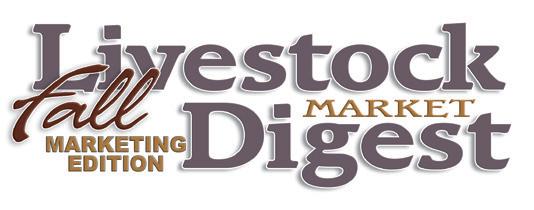
Gelbvieh: The Maternal Breed of Choice
BY MEGAN UNDERWOOD, M.S. / REPRINTED COURTESY OF THE PROFIT PICTURE
“ They milk good, they’re docile, gentle and they dang sure wean bigger calves than some of the other breeds out there,” said Lee Marriott, Rocking M Ranch, Stover, Missouri.
Docility is one of the most appreciated Gelbvieh traits among commercial cattle producers who value cattle that will breed back and produce a calf year after year. Gelbvieh cattle exhibit the strong maternal strengths of added fertility and quiet temperament.
The added fertility of the Gelbvieh cow and her productivity made Gale Rippey, Gale Rippey Farms in Galax, Virginia, a believer in the breed. He sees a 95-98% conception rate on his virgin heifers but credits the most phenomenal aspect as their breed back rate that next year. They see a 98-99% pregnancy rate on their first calf heifers.
“Through time, first-calf heifers are the hardest thing there is to get bred back and these cattle will perform. If you get them bred back the first time, they’re going to breed back and stay in the herd,” Rippey said.
The Marriotts looked at other breeds over the years, but they always came back to Gelbvieh and Balancer® genetics. They love the way the cattle act and grow and the well-rounded set of traits the breed has to offer. The Gelbvieh and Balancer cows give them the complete animal they’re looking for in their operation.
“We’re really interested in our cows being good moth-
ers, staying in the herd for a long time, and breeding back,” explained Stacey Marriott. “What we have really focused on is the maternal side of our cow herd.” Rippey puts a tremendous emphasis on the disposition of his herd. The cattle need to be able to be handled and moved without having people get hurt or any fencing issues. Gelbvieh cattle are easy to handle and keep themselves and everyone involved safe. Their quiet temperament and docility make safe cattle handling and care an easy task to achieve.
“What makes this breed shine is not when times are good, it’s when times are hard. Across the five breeds, we work with, there is no question in my mind that a Gelbvieh cow can be a full body condition score less than her other breed contemporaries and still breed at the top of the pack,” explained Bill Tucker, Tucker Family Farms, Amherst Virginia. “Their innate ability to turn what resources they have into fertility, it’s just the way their bodies work that sets them apart from the other breeds we’ve worked with.”
When choosing quality females, producers value cattle that stay in the herd for a long time and raise a calf each year regardless of climate. These producers recognize that Gelbvieh and Balancer females excel in both longevity and the ability to adapt to different environments.
“The most overlooked trait, in my opinion, in the commercial beef industry is that the Gelbvieh cattle in our database blow away other breeds in longevity. It doesn’t matter if you’re buying a car or putting together the factory, we call the cow, if you can monetarize that out over 14 to 15 years instead of eight years, look at her return on investment,” explained Tucker. “Gelbvieh cattle are solid, they’re the
oldest cows in our herds no matter how we use them in any composite. They’re there because they hang in there and do their job right.”
The Powles continue to choose Gelbvieh because they are a strong maternal breed, and they want to make their own cows. They don’t want to go out and buy their cow herd, they want to produce their own along with producing a steer calf that is comparable in the marketplace. Gelbvieh has done this repeatedly and is a great fit for their environment.
Located in the Sandhills region of Nebraska, it’s basically a desert with about 14-16 inches of annual rainfall. They must be careful in management decisions, so they don’t overgraze their environment.
“Maternal ability is important to us because, in a Sandhills operation, the cows have to fend for themselves a lot of times and take care of that calf in some pretty unique conditions. We supplement them and feed them in the wintertime, but on the maternal side, they’ve got to be a good
mother who’s going to look out for their calf in all kinds of conditions in the Sandhills region,” explained Bryon Powles, Powles Ranch, Bingham, Nebraska.
Rippey credits the feed conversion of the Balancer female to her efficiency as she can take forage and turn it into pounds. However, when the environment isn’t prosperous in forage production, the Balancer female is still going to breed back and wean that heavy calf. These females are going to stay in the herd longer and continue to influence the genetics of the operation. Additionally, her calf excels in feed efficiency to have a heavy carcass weight, grade well on the rail, and do so at a young age.
“Our customer base understands moderation in the cow herd and functional traits. They understand you can have a 1200-pound cow with a 600-pound calf. You don’t have to have a 1600-pound cow to make the big calf. We’re not making huge cows, we’re making functional cows,” Tucker explained.
Maternal efficiency is an important trait in any cow-calf operation and is one the Gelbvieh female excels in. With a more moderate mature cow size, Gelbvieh females consume less while weaning heavier calves. Gelbvieh and Balancer maternal influence in a crossbreeding system offers more pounds of calf weaned per cow exposed. Heavier weaning weights combined with feed bunk efficiency and heavier, faster-gaining feeder cattle can increase profitability.
“The Gelbvieh cattle have been a true asset to our operation through the ability to utilize their genetics to set up a niche market with opportunities to meet new people and to help the beef industry,” said Rippey.
Gelbvieh and Balancer females offer maternal superiority and moderate mature weights, quiet dispositions, added fertility, and greater longevity; truly, making them the maternal breed of choice. ▫
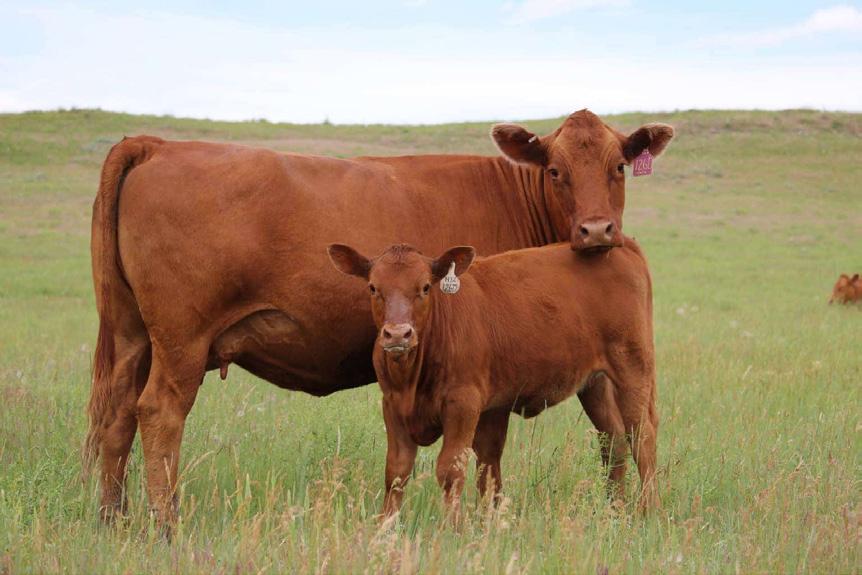
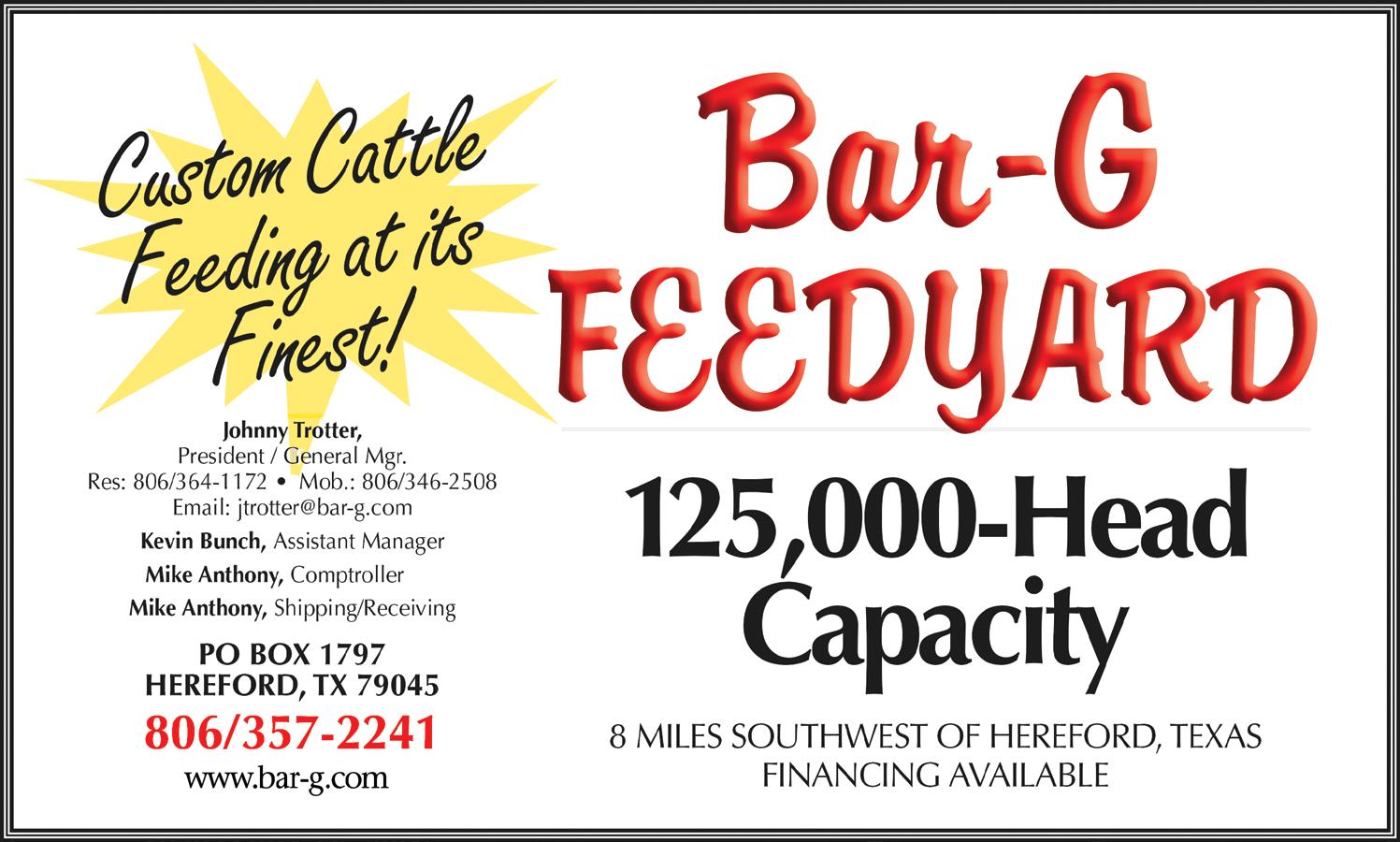
FDA Allows AntiParasite Drug Against Screwworm; Mexico turns to ivermectin
BY FRANK FUHRIG / MEATINGPLACE.COM
The U.S. Food and Drug Administration (FDA) granted conditional approval for Zoetis Inc.’s Dectomax injectable solution late on September 29 as the first parasite control treatment for New World screwworm (NWS) larval infestations of cattle.
The conditional approval extends to prevention of screwworm reinfestation for 21 days. The decision allows use in beef cattle, female dairy cattle younger than 20 months, pregnant beef cows, newborn calves and bulls. With a 35-day withdrawal
period for cattle to prevent drug residues in meat, Dectomax is not for use in dairy cows older than 20 months or in veal calves. No withdrawal period has been established for pre-ruminating calves.
FDA Commissioner Marty Makary said the agency is working to complete reviews of other products to combat screwworm in multiple livestock species. “We understand the urgency with which America’s farmers and ranchers are asking for tools to fight New World screwworm,” he said.
In Mexico, where previously eliminated NWS infestation has moved the length of the country in less than 12 months, the Agriculture Ministry is seeking to require preventive use of well-established anti-parasite medication ivermectin before cattle are moved, the Reuters news agency reported this week.
A government decree would require ivermectin to be administered to livestock three days before transport.
Dectomax is already on the market as a treatment and control for certain nematode and arthropod parasites in cattle and hogs. The screwworm treatment is the same formulation and dosage. Zoetis said that new
250-milliliter and 500-milliliter bottles will reach the market in the first half of 2026 with new labeling as Dectomax-CA1 for NWS treatment.
“New World screwworm has the potential to bring unprecedented economic and animal health harm to livestock producers,” said veterinarian Mike Lormore, Zoetis director of cattle and pork technical services.
“With this conditional approval, Dectomax-CA1 Injectable can now be used as part of safe, effective control measures against New World screwworm.”
Dectomax-CA1 is eligible for conditional approval because it is intended to prevent and treat a serious or life-threatening disease in cattle, it addresses an unmet animal health need, and demonstrating effectiveness of the drug would require complex or particularly difficult studies.
Timothy Schell, acting director of the FDA’s Center for Veterinary Medicine, said that conditional approval means the FDA “has determined the drug is safe and has a reasonable expectation of effectiveness,” while Zoetis continues collecting data for a later application for full approval. ▫
Mexico’s Screwworm Outbreak Raises CrossBorder Tension
SOURCE: AG DAILY WWW.
AGDAILY.COM
Mexico activated emergency controls Monday after detecting a new case of New World screwworm in cattle in the northern border state of Nuevo Leon, the closest case to the U.S. border since the outbreak began last year. The infected animal was discovered in Sabinas Hidalgo, Nuevo Leon, after being transported from Veracruz. U.S. Agriculture Secretary Brooke Rollins confirmed that imports of Mexican cattle, bison, and horses will remain suspended.
Secretary Rollins stressed the severity of the threat, saying, “We have given Mexico every opportunity and every resource

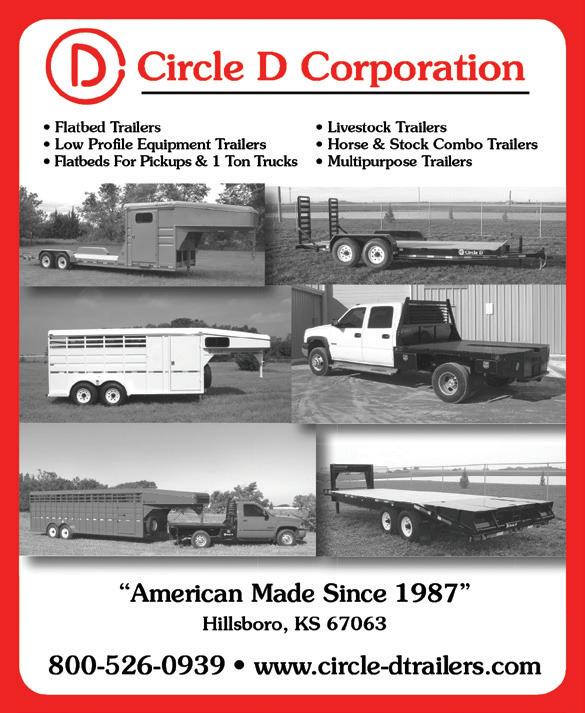
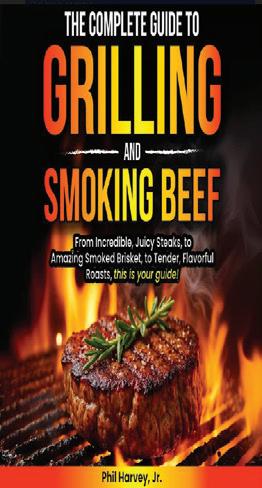
necessary to counter NWS. Nevertheless, American ranchers should know that we will not rely on Mexico to defend our industry, our food supply or our way of life.”
The U.S. Department of Agriculture has deployed 9,000 sticky traps and is preparing to release sterile screwworm flies as a biological countermeasure. Rollins added that the department would “pursue all options” in response to the case in Nuevo Leon.
Reuters reported that the outbreak has reached over 5,500 cases, with 777 of them considered “active.” The news agency also revealed that cattle smuggling is contributing to the crisis: “as many as 800,000 illegal cattle [are] being brought into Mexico each year from Guatemala, Honduras, Nicaragua and perhaps other countries.” The report alleged that these animals enter “with falsified papers and bogus ear tags,” potentially accelerating the spread of the pest.
Mexico’s meat industry is pushing back against new government rules requiring ivermectin treatment before livestock movement. The Mexican meat chamber AMEG warned that restrictions “threaten the viability of a sector that generated $192 billion in 2024.” AMEG insisted that the “only proven method to eradicate the screwworm… was the release of sterile flies.”
The same article cited Rollins blaming the recent Nuevo Leon case on “Mexico’s failure to curb cattle movements and tend to fly traps that monitor the wild population.”
Mexico has already reported more than 500 active cases in cattle across its southern states, the AP reports. The import ban, still in place since July, could cause Mexico’s ranching federation to lose “up to $400 million” if it continues through the year.
Meanwhile, Senasica, Mexico’s agriculture agency has defended its practices, saying its trap system “is checked every three or four days, a frequency that was jointly determined with U.S. counterparts.”
At the same time, the U.S. has already invested more than $270 million to scale up sterile fly production in Panama, according to The New York Times, and is reopening production facilities in southern Mexico and Texas.
Phil Harvey Jr. delivers clear, actionable solutions and the confidence to grill and smoke incredible beef every time. This book is a must-have for every ranch family, backyard chef, and every beef loving American! Yes, you can Master the Art of Perfect Beef!
Great Gift Idea!
Order Today: Available in Paperback from the Amazon Bookstore or E-Book from Kindle (KDP)
Nuclear Newswire reported that the Department of Energy’s National Nuclear Security Administration has entered the fight against screwworm through its Office of Radiological Security. The ORS partnered with Texas A&M University’s National Center for Electron Beam Research to advance the Sterile Insect Technique using electron beam sterilization instead of radioactive cobalt.
ORS director Kristin Hirsch said, “Our mission-driven partnership with Texas A&M is essential to advancing American innovation in eBeam applications and enhancing our national security.”
NCEBR director Suresh Pillai added, “This collaboration with NNSA enables Texas A&M AgriLife to contribute innovative agriculture research that is essential to our nation’s food security.”
The eBeam process could generate over 100 million
Lifelong N.M Cattleman Has Written the Book!
COMPLETE GUIDE TO GRILLING AND SMOKING BEEF!
sterile flies in 24 hours — “a game-changer in NWS response,” according to ORS. Agriculture Secretary Rollins has already announced a new fly dispersal facility in Texas as part of USDA’s five-pronged eradication plan.
The University of Arizona News also reported that the Arizona Veterinary Diagnostic Laboratory has been named one of three U.S. sites to help the USDA screen for screwworm. The lab, part of the College of Veterinary Medicine and the National Animal Health Laboratory Network, will process captured flies to confirm whether they are Cochliomyia hominivorax.
Lab director Dr. Yan Zhang explained, “In addition to providing high-quality diagnostic services, our lab conducts surveillance of important animal diseases that can cause significant damage to the economy. We also investigate zoonotic pathogens and diseases… that, if not treated, can cause significant economic loss due to disease, and even death.”
Molecular diagnostic scientist Patrick Maes described the identification process: “When we receive a fly, we’ll look for very specific morphological features like stripes on the back or specific colorations … At that point, if we think the fly is suspect, it is forwarded on for confirmation.”
Assistant director Dr. Emily Janovyak added that private veterinarians can also submit samples for testing. “If cattle are getting eaten up, it is worth the time and money to investigate for this pest. You will save your friends, your neighbors, your colleagues, your livestock and even possibly your own physical body from being infected by these flies.” ▫
UMES Set to Launch Vet School
BY JONATHAN CRIBBS / AMERICA FARM PUBLICATIONS
Stanley Robertson learned to love this work on a Mississippi farm where poultry, beef cattle and hogs set the rhythm of the day.
Forty years after graduating in 1984 from a then-new vet school at Mississippi State University, he’s back at the ground floor — this time as dean — trying to launch another one at the University of Maryland Eastern Shore.
“It’s kind of like building a business from scratch,” he said. “You pull things together that have worked, and you try to avoid things that didn’t.”
The pitch is straightforward:
Maryland needs more veterinarians — especially in rural and food-animal practice — and the university, a land-grant HBCU already home to agriculture, pharmacy and Extension programs, thinks it can train them faster and closer to where they’re needed.
Robertson is designing a three-year, accelerated veterinary doctorate degree that runs yearround.
“It has the same amount of content… We just don’t have summers off,” he said.
The program would enroll about 100 students per class — half in-state and half out-of-state — with in-state tuition set lower and scholarship fundraising underway. The accelerated timeline, he said, trims a year of living costs and gets graduates earning sooner.
Just as notable is where students will learn. UMES won’t operate a traditional referral teaching hospital. Instead, clinical training will be “workforce-based,” spread across private and corporate practices, diagnostic labs and large-animal
sites that resemble graduates’ first jobs. Rotations will run in four-week blocks and be overseen by faculty.
“Most veterinarians are really teachers at heart,” Robertson said, and many practices want to participate and give back, provided the school supplies clear expectations and resources so students don’t become a burden on busy clinics.
The costs are considerable. The university has requested $116 million from the state to build a 176,000-square foot facility to house the school, and construction could begin in fiscal year 2028, Robertson said. He expects that when the school finally opens, it will be self-sustainable, with a yearly budget up to $27 million. But forgoing the costs of a teaching hospital brings the cost down substantially.
“Our model is the most efficient way to do it currently, but it is still costly,” he said.
While the curriculum will support small- and large-animal tracks, the school intends to lean toward food-animal medicine and government service — think USDA inspection and animal-health roles.
“Veterinarians are the primary barrier protecting our food supply,” he said.
The Eastern Shore’s poultry economy makes the region an obvious living lab. University students will rotate through the Maryland Department of Agriculture’s Salisbury diagnostic lab, and Robertson is talking with integrators about student placements and joint research on production and disease.
“Any way we can partner with our agricultural partners, I want us to do that,” he said.
Across the state, younger or new farmers can sometimes struggle to secure veterinary services quickly, due to a long-term shortage, said Dr. Jennifer Trout, Maryland’s state veterinarian. Many producers are placed on waiting lists. The university’s new
program should help ease that, she said.
“It’s great for my profession. It’s great for our state,” she said.
“It’s great for our livestock industry as a whole and our poultry industry as a whole. … We’re excited because we know that we need it.”
The school’s model will also help students experience and compare professional cultures — independent, corporate, specialty and field — before choosing that critical first job.
“They’ll be more discriminating (about) their first job,” Robertson said.
Like a dozen-plus other new programs nationally, the university is working its way through American Veterinary Medical Association accreditation. A consultative visit in July 2024 drew feedback the team has answered. The council reviews that response this month. The original hope was to enroll a first class in fall 2026.
“The chances of that happening are very slim,” Robertson said.
Fall 2027 is more likely. Another year of delay would sting: tuition revenue and faculty research dollars won’t arrive until students do. In the meantime, Robertson is focused on facilities and equipment planning, curriculum design, policies and a hiring push. Interviews are underway for associate deans over academics, research and clinical programs. Initial faculty headcount is projected around 36, augmented by teaching from pharmacy and ag.
Veterinary education is expensive, and debt shapes career choices, Robertson said. Many graduates head to small-animal jobs — often corporate — for pay and schedule. Rural, large-animal roles remain hard to fill for practical reasons: the work is physical, the environment unpredictable, and producers must weigh economics differently than pet owners. Robertson wants the university to help on both sides: keep tuition as affordable as possible, expand scholarships and immerse
students early in food-animal and rural practice so more graduates choose it with eyes open.
If accredited, the university would be the first public HBCU with a veterinary doctoral program (The first, at Tuskegee University, founded in 1944, is private).
“Veterinary medicine is probably the least diverse profession there is,” Robertson said.
He’s already meeting with Delaware, College Park, Delaware State and other campuses to create pathways that prepare and commit undergrads to UMES seats if they meet requirements. The goal is long-term: widen the pipeline, strengthen the profession and keep more graduates in the Mid-Atlantic.
Robertson’s résumé mirrors the school he’s building. He owned a mixed-then-small-animal practice for 18 years before joining Mississippi State in outreach (“Extension, Farm Bureau, 4-H and groups like that”). He later served as a corporate medical director, helped launch Lincoln Memorial University’s distributed clinical program, and then built the University of Arizona’s veterinary model as associate dean. He moved from Arizona last fall, and the Shore feels familiar.
“It reminds me so much of Mississippi and Alabama,” he said — the land, the agriculture, even the people.
In a few years, Robertson wants a school that feeds the local workforce, strengthens poultry and other ag sectors through joint research, and supplies more veterinarians to USDA and state agencies — all while graduating students with a realistic sense of the work and a place in the region.
“I want us to be successful not only in producing veterinarians,” he said. “I want us to develop partnerships with industries and agriculture in the area to improve what they’re doing.”
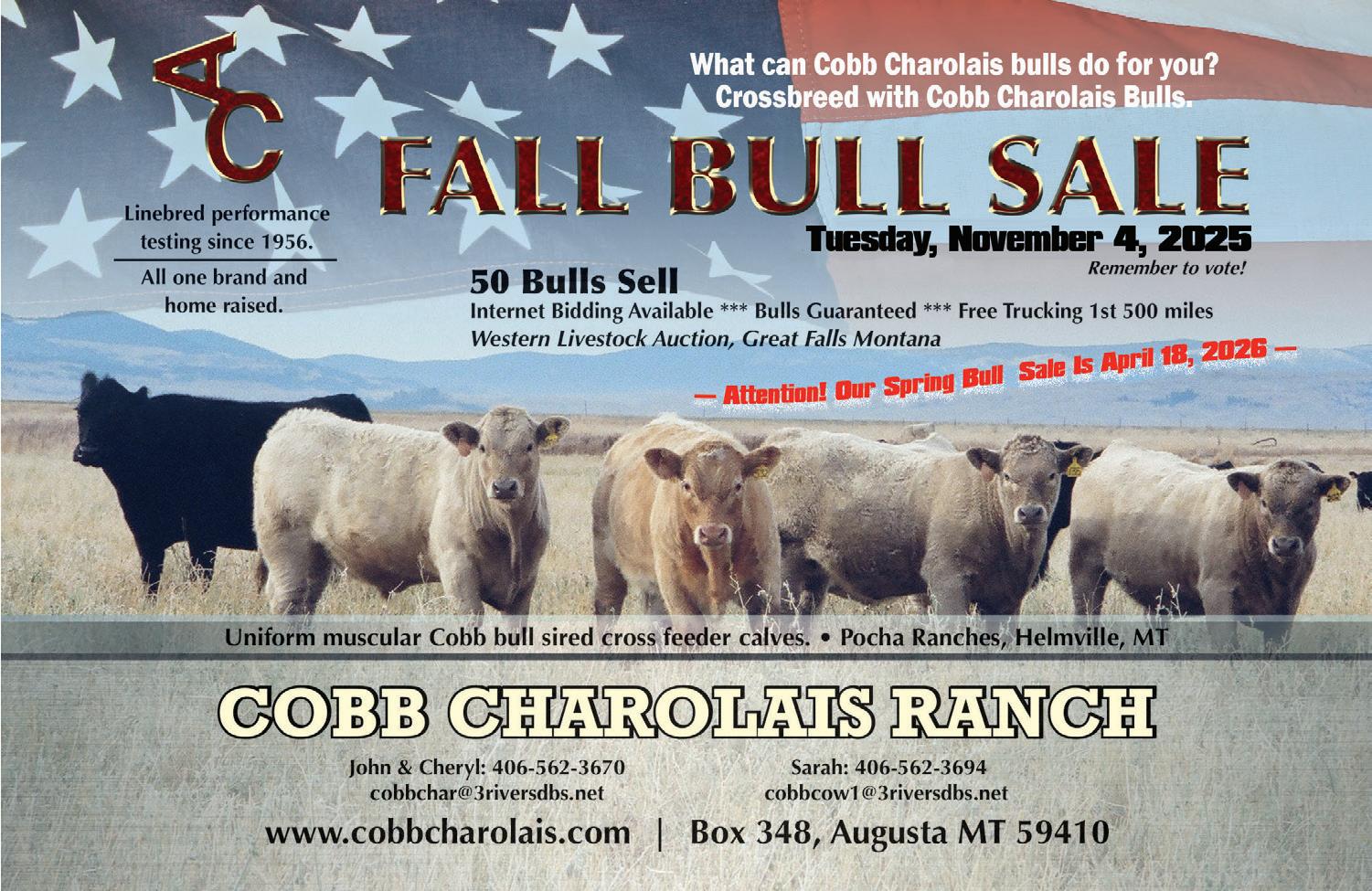
REAL ESTATE GUIDE
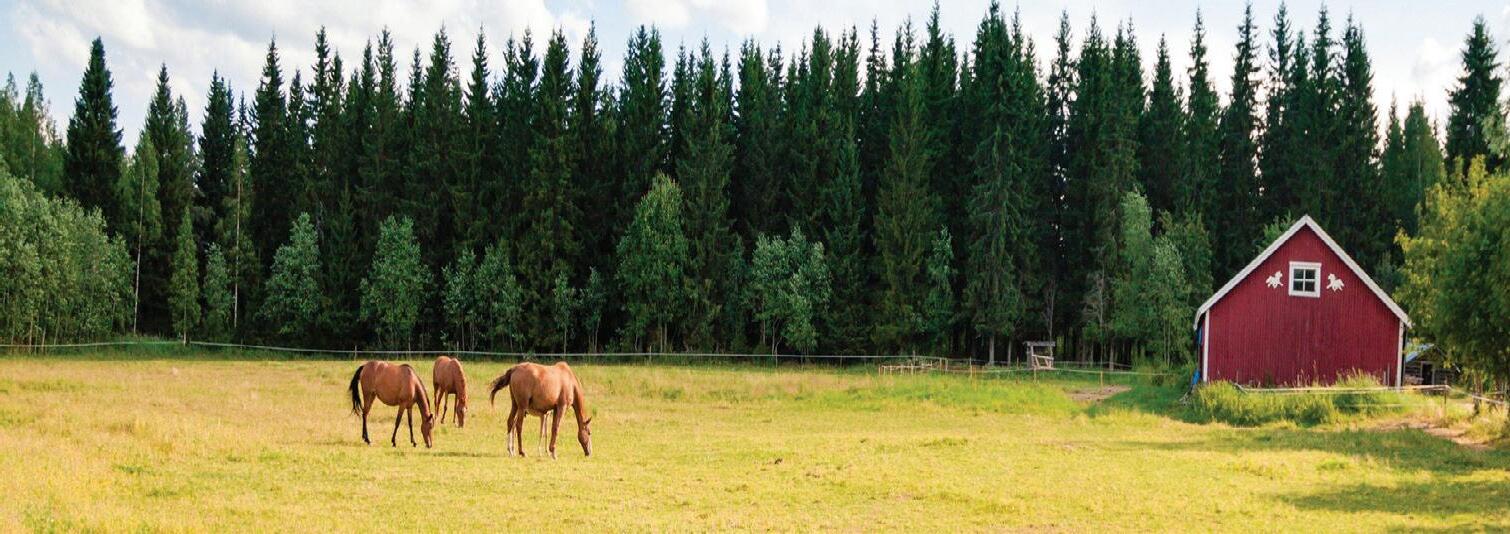


SOME OF OUR OFFERINGS
• Custom Home on 36+ acre estate in Dragoon Mountain Ranch
• 36+ acre homesites in St David, AZ
• 80 Acre Farm land with 16” Irrigation Well in Willcox, AZ
• Custom Home on 4+ acres in Cochise, AZ
• 40 acre off grid land in Portal, AZ



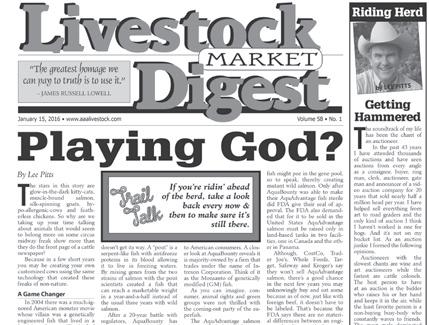
O’NEILL LAND, llc
P.O. Box 145, Cimarron, NM 87714 • 575/376-2341 • Fax: 575/376-2347 land@swranches.com • www.swranches.com
MIAMI 80+/- ACRES, 3 bedroom, 2 bathroom home with water shares, roping arena, steel barn with shop. Other historic barns, Pipe corrals. Far enough off road to be private. Includes 80 shares of irrigation 2350 SHW 21, Miami NM 87729. $569,999
MIAMI PRIVATE 80, Located ¼ mile off blacktop with dedicated easement, 80 +/- deeded acres, large barn, small sleep out, buried utilities, domestic water meter, 80 shares of irrigation and septic able to handle a 3 bedroom home. Some of the best views in Miami. 2050 HWY 21, Miami NM 87729.$559,000
BAR LAZY 7 RANCH, Colfax County, Moreno Valley 594.38 +/- deeded acres, accessed off blacktop between Eagle Nest and Angel Fire. Historic headquarters. Currently used as summer grazing, pond and trees accessed off county road on rear of property as well. Presented “ASIS” New Survey, $3,800,000 $3,629,000
MAXWELL FARM, 320 +/- Deeded acres, 180.80
Irrigable acres, center pivot, mid 2000’s modular home, two water meters, two barns and one large insulated shop on concrete slab. $848,000




American Angus Association Seeks 2026
Angus Summer Interns
Applications for internships are open through November 12, 2025
BY JESSICA HARTMAN, COMMUNICATIONS SPECIALIST
The American Angus Association offers a hands-on, tailored learning experience for young cattle enthusiasts. Internships are available in several departments and provide opportunities for growth in a student’s chosen field during the 10-week summer program. Students will be immersed in a fast-paced, professional environment and work side-by-side with experts at the forefront of the cattle industry
Interns will be based out of St. Joseph, Missouri; some positions offer opportunities to travel. Students who are interested in growth and networking opportunities, have a good attitude and are willing to jump into new and challenging situations for hands-on experience should apply at angus.org/careers by Nov. 12, 2025, to be considered.
Angus Media – Marketing: This position will provide valuable experience in email marketing, graphic design, digital advertising, social media content creation and data analytics. The intern will work alongside an experienced team to develop skills and contribute to real cattle producers’ marketing campaigns and success. Applicants should demonstrate an excitement and passion for Association work and the cattle industry. Previous management or oversight of business social media accounts is preferred.
Angus Media – Publications: This writing-intensive opportunity offers the chance to join a multi-media effort, which includes the Angus Journal print publication and the AJ Daily electronic newsletter, as well as the Angus Journal’s website and social media presence. The internship can be tailored to the intern’s strengths, but many duties can be anticipated, including traveling to industry events. Experience in news and feature writing, editing and photography are strongly suggested.
Communications: From print writing to graphic design, photography and video, the communications intern will gain multi-faceted agricultural communications experience to enhance their marketability as a young professional. The communications intern will help with the promotion and coverage of one of the Association’s biggest events, the National Junior Angus Show (NJAS), and will travel with the team to the event. Applicants should have strong writing and design skills and have completed coursework in news and feature writing, editing and design. Experience in photography, video and social media are preferred.
Events & Junior Activities: The intern will assist in planning and executing youth
events hosted by the National Junior Angus Association (NJAA), including preparation, correspondence and coordination for shows and events. Applicants should be self-starters, detail-oriented and outgoing with the ability to work well with others. Livestock and event planning experience is preferred but not required. Travel to the 2026 National Junior Angus Show (NJAS), Leaders Engaged in Angus Development (LEAD) Conference and other events are expected.
Angus Genetics Inc. (AGI®): Students pursuing their master’s degree or Ph.D. in animal breeding and genetics are encouraged to apply for the AGI summer internship. The intern will have the opportunity to work with the world’s largest single beef breed genomic databases, conducting research on economically relevant traits in beef cattle. The internship will
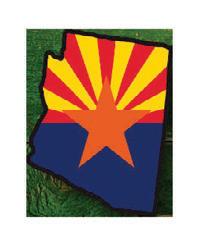
focus on research that involves data analysis. Candidates should have experience in analyzing animal breeding data sets and genomic data. If students prefer to spend their summer on the ranch, the Angus Foundation is accepting applications for the Angus/Talon Youth Educational Learning Program internship. The Talon internship program provides college-aged students the unique opportunity to spend their summer on an Angus operation. Interns gain extensive ranching knowledge while enhancing their skills as advocates for the beef industry. Students interested in participating in the program can learn more at angus.org/foundation/ourmission/youth/talon-youth. Deadline is also Nov. 12 through angus.org/careers.

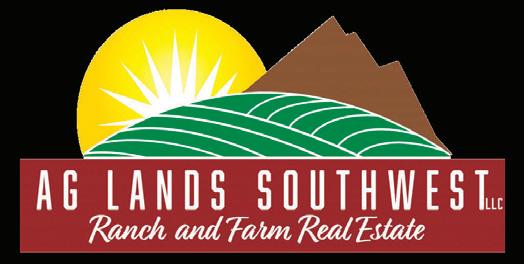
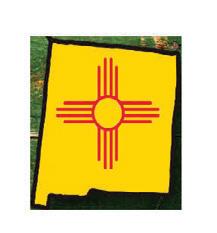
NEW LISTING! McKeen Ranch and Farm in Alma, NM OFFERED FOR THE FIRST TIME IN OVER 100 YEARS - Located on the banks of the San Francisco River, the ranch offers a rare opportunity to own one of the finest small cattle ranches in western New Mexico. Consisting of almost 500 acres of deeded land and the USFS Cedar Breaks grazing allotment, the McKeen Farm & Ranch is easily accessible The property has been operated as a cattle ranch and hay farm but offers multifaceted opportunities. With secured irrigation rights out of the San Francisco River, the fertile soil can support a multitude of crops or a preppers paradise. Its location is ideal for a corporate retreat, dude ranch, summer camp, wedding venue or a base for big game hunting in the Gila Wilderness. The 145 head USFS forest allotment is contiguous to the Ranch and the current owners supplement cattle income with the sale of hay. The ranch is enrolled in the E-Plus elk tag program providing additional recreational opportunity and potential income streams. Offered at $8,300,000
Shelley Ranch in Queen Creek, AZ
8,000 acres of fully fenced Arizona State Lease Land which is crossed fenced and adequately watered using secured water rights from the CAP canal. This ranch is low cost to operate and provides enough winter feed to historically run between 1500-2000 steers most winters from January - May. The comprehensive set of working corrals allows for large volumes of cattle to be handled and weighed and shipped in a smooth and timely manner. Offered at $1,650,000
NEW LISTING! Uncle Bill’s Bar in Reserve, NM
Situated within the vast Gila National Forest, Uncle Bill’s is ideally located to serve a steady flow of hunters, hikers, campers, and travelers with seasonal income increases. With approximately 4,100 sq ft under roof, you will find two full bars, booths, pool tables, stage, karaoke machine, numerous storage areas, an upstairs and multiple coolers. The building itself sits on an .19+/- acre parcel that is tied to a commercial area conveniently located in Reserve and at the junction of NM State Roads 12 ND 435. Offered at $1,700,000
Pinedora Farm in Pinedale, AZ
SECLUSION, PRIVACY, SECURITY and SELF-SUSTAINING, this turnkey prepper property located in Eastern Arizona offers the perfect opportunity to live a self-sufficient lifestyle. 19 acres of well-improved property with two 72’ X 30” high tunnel greenhouses, a 500 ft well producing pristine water, solar water pump, complete solar system consisting of 24 solar panels with16 batteries and inverter, 2500 gallon water storage tank, pressure tank, well house, large chicken coop with run, and new septic system. Offered at $775,000
NEW LISTING! Whitewater Mesa Ranch & Airfield in Glenwood, NM With easy access this multi-faceted property spans 764.9 deeded acres on top of Whitewater Mesa at the base of the Mogollon Mountains. The property features extensive improvements including a classic sitebuilt home with extensive 360 degree views of the majestic surrounding area, a two runway registered airfield with hangars, RV hookups, an apartment, and substantial cattle working facilities.This property has historically run up to 25 CYL Offered at $1,700,000
Woodruff Farm in Woodruff, AZ
Turn-key farm located in the beautiful small town of Woodruff, Arizona. The farm includes a newly constructed 4500 sq ft. masonry barn with electric and water, large enough to store yearly hay production. Attached is a newer two bedroom home which is well-constructed, insulated, quiet and comfortable with all the modern amenities. Above the home, two unfinished, rough framed 750 sq. ft studio apartments are located which can be finished with minimal expense. Seller has established 54 acres of alfalfa/grass watered by historic Woodruff Irrigation District. Tractors and attachments may be included with the right offer. Offered at $1,675,000
NEW LISTING! Stargazer Hideaway in Wikieup, AZ
161.59 acre off-grid property located within the Wagon Bow Ranch in northern Arizona’s high desert. It offers fertile soil and a mild four-season climate suitable for vineyards, lavender, irrigated crops, livestock, or equestrian use. With a 3,600 sq ft home and fully insulated 40’ x 80’ steel workshop this property has too many unique features to mention.The gated property lies within a coveted Bortle Class 2 Dark Sky, a stargazer’s dream. Please see our website for details! Offered at $1,700,000
NEW LISTING! Bourdon Ranch Farm in Snowflake, AZ
Amazing opportunity in a growing area of the White Mountains! Approximately 180 acres including 45 acres planted in permanent pasture. Bring your animals and create your own ranch or farm or invest in a great piece of property to subdivide. Fantastic water area, great soil and welcoming neighborhood. Parcel features amazing views, and is located above the Coconino Aquifer for abundant, clean water. Just off a paved road and close to Show Low. Offered at $1,800,000

University Of Nevada, Reno Helps Nation’s Driest State Meet Water Challenges
Adoctoral student and his professor at the University of Nevada, Reno spend long hours at their computers, using highly sophisticated satellite data to create a map of the underground water resources in Nevada, as part of the University’s Experiment Station research.
In the Diamond Valley of central Nevada, meanwhile, a specialist with the University’s Extension unit supports alfalfa farmers with new practices that use less water while still producing abundant crops.
And outside a modest office building in the heart of Reno, professional landscapers pay close attention as they master the techniques of water-smart residential irrigation in a workshop also overseen by Extension.
It’s all part of efforts by researchers, students and outreach specialists with the University’s College of Agriculture, Biotechnology & Natural Resources to help the driest state in the nation – a state that continues to feel the effects of a shifting climate – by focusing on the discovery and implementation of practices that ensure the best-possible uses of Nevada’s
limited water resources.
Mapping hidden water resources
A fundamental question –how much water is available in Nevada’s underground aquifers? – may find answers through advanced analysis undertaken by Robert Washington-Allen, an associate professor in the College’s Department of Agriculture, Veterinary & Rangeland Sciences.
To map water resources hidden away hundreds of feet below the surface, Washington-Allen and doctoral student Weylin Gilbert use NASA’s Gravity Recovery and Climate Experiment (GRACE) satellites that track tiny changes in the Earth’s gravity field due to changes in the Earth’s mass.
“We can detect changes in the mass of an aquifer using GRACE and translate these into changes in the height of the water column with an accuracy of 1 centimeter.” Washington-Allen said.
Gilbert is now combining the satellite data with historical information from private and public wells in the state as he seeks to generate maps of underground water resources in the state.

Office: 505/243-9515 Cell: 505/850-8544 rjsauctioneer@aol.com
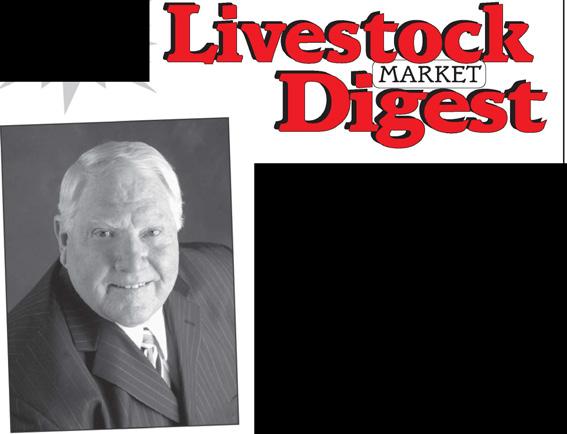

“Nevada is a difficult study area for this type of project because the geology is very complex,” Gilbert said. “But, since water is so scarce here, it’s one where this work should be useful. And even when I invest time applying some modeling technique that doesn’t seem to make any progress, I’ve still explored something that might be effective in a different study area. One thing I love about scientific research is that there are few true dead ends. Sometimes you’re just learning about something different than what you expected to learn about.”
The work, part of an initiative known as NevadaView, is more than an academic exercise, said Washington-Allen.
“Drylands by definition are water-limited ecosystems,” he said. “Groundwater is a renewable resource, but because extraction has exceeded recharge in many places in the West and around the world, this resource is in decline.”
Continued research, Washington-Allen said, may provide even more detailed mapping of water resources and focus on how quickly aquifers are declining.
Using agriculture water precisely
Very precise use of irrigation water – enough generate maximum crop yields under a limited water budget, but not a drop more – on the most important crop in Nevada is the goal of research led by Alejandro Andrade-Rodriguez, assistant professor of water and irrigation management, also in the College’s Department of Agriculture, Veterinary & Rangeland Sciences.
Researchers led by Andrade-Rodriguez test combinations of several technologies and irrigation schedules on alfalfa crops grown at the University’s Valley Road Field Laboratory, part of the College’s Experiment Station. Their goal: determining which combination delivers the highest yields with restricted water use and creating tools that allow farmers to put that knowledge to use.
It’s a critically important issue in Nevada, Andrade-Rodriguez said, because alfalfa is the state’s leading cash crop but requires substantial irrigation. Farmers are under increasing pressure to reduce their water use as the result of the depletion of groundwater reservoirs, increased water demands from a growing population and the effects of a shifting climate.
The research at the Valley Road Field Lab relies on several types of sensors to monitor soil moisture in different parts of a field, as well as infrared thermometers installed above the plants to estimate the amount of moisture they lose. The research so far indicates that carefully targeted irrigation strategies can reduce alfalfa water consumption by 20 percent while causing only a 5 percent reduction in seasonal dry yield. A further reduction of 40 percent in alfalfa water consumption results in only a 14 percent percent reduction in seasonal dry yield.
The next step, Andrade-Rodriguez said, is further development of decision-support software and artificial-intelligence
tools that use the research results in combination with weather data, soil-moisture sensors and infrared thermometers to help farmers determine the best irrigation strategies for their individual fields.
The research, funded by two grants of $298,000 and $784,000 from the USDA’s National Institute of Food and Agriculture, is planned to continue until 2027.
Educating for efficiency
These new irrigation strategies are vitally important in the Diamond Valley north of Eureka in Central Nevada, where Extension continues to support farmers who are changing their practices after watching the level of the aquifer that supplies their wells drop an average of 2 feet per year.
After decades of allowing farmers to draw far more water from the aquifer than was replenished from winter storms, the Nevada State Engineer in 2015 declared the Diamond Valley a “critical management area.” Farmers were given 10 years to develop a plan that would prevent some – perhaps up to half – of them, from losing all of their access to groundwater for irrigation.
To help meet the requirements of the plan, the research and demonstration projects by Gary McCuin, Extension agriculture and natural resource educator in Eureka County, and Howard Neibling, irrigation specialist with University of Idaho, in collaboration with Marty Plaskett, a local farmer and irrigation equipment dealer, initiated a shift in Diamond Valley to transition from the use of traditional mid-level irrigation sprinklers (MESA) to low-elevation spray application (LESA) systems, with sprayers closer to the ground and spaced closer together. This change provides for more efficient water use by reducing the amount of water lost before it reaches the ground.
The conversion increased irrigation efficiency from 60 percent to 70 percent to over 80 percent efficiency, resulting in substantial water savings. Now McCuin is working to encourage adoption of soil moisture measurement and analysis technology, as well as implementation of the six soil health principles and sustainable farming practices, which will increase water retention.
McCuin said that in the long run, the requirements of the state-mandated plan to reduce water usage, along with changes in crop production and economics, provide motivation for improved irrigation and improved farming practices. A shift toward improving soil health, increasing soil biology and organic matter, and improving soil aggregation to capture and retain water will increase the potential for longterm farm sustainability. But, he added, the process takes time, patience, and more importantly, a paradigm shift from historic cultural practices.
“It’s never as easy as people sometimes suggest it is,” he said. Finding collaborative approaches
A shifting climate raises increasingly challenging questions about management of water in Nevada and across the West. How will water be allocated among the competing needs of cities, farms, industries, Na-
tive American tribes and the environment when there isn’t enough water to go around?
A multidisciplinary team at the University is working closely with water users to understand present allocation institutions and how they could be strengthened to help communities adapt to changing water availability.
A key early finding: People in local communities are eager to work with scientists to develop collaborative approaches, said Loretta Singletary, a professor and interdisciplinary outreach liaison in Extension and the University’s Department of Economics in the College of Business.
“By engaging stakeholders in its production, scientific research becomes more transparent and legitimate to stakeholders,” a team led by Singletary wrote in research published in Socio-Ecological Practice Research. “In contributing to research, stakeholders acquire a sense of ownership of the research processes and outcomes.”
Those findings now are blossoming in a project dubbed SNOWPACS, an acronym of “Synthesizing KNowledge to Optimize Water Policy for Agriculture under Changing Snowpack.” The initiative is led by Michael Taylor, a state specialist with Extension and associate professor of economics.
In Nevada’s Walker River Basin and Colorado’s South Platte River Basin, SNOWPACS is working with local communities to prepare for changing water supplies as it brings together agricultural producers, hydrological scientists, economists and the water-allocation institutions that establish the rules for water use in the West.
Taylor said the work is urgent and complex as communities wrestle with the complexities of wide swings in annual snowpack as well as ever-earlier snow melts that often don’t bring water to users when they need it most. The team has produced a video, “Water Markets of the Walker River Basin,” explaining the issues and their work to help address them.
SNOWPACS is funded by the USDA’s National Institute for Food and Agriculture.
Training skilled farm professionals
Equipping agricultural producers with water-efficiency strategies is key to sustainable farming in Nevada. The University’s Desert Farming Initiative incorporates innovative practices such as precision irrigation into training programs for University students and aspiring farmers within the context of its working fruit and vegetable farm.
In 2025, the Desert Farming Initiative trained two apprentices and six students, said the Initiative’s director, Jill Moe. The program, part of the Experiment Station unit, also hosts a steady stream of agricultural industry support programs, tours and University class visits that include discussion on equipment and technology for small farm irrigation management. Hands-on work in the setting of a commercial farm has proven to be a powerful learning tool.
“At DFI, we use drip tape, which has a high water-use-efficiency rate, paired with an irrigation schedule
TAHC Rule Proposals Open for Public Comment
Trichomoniasis, Reportable and Actionable Disease List, Entry Requirements, and Poultry
The Texas Animal Health Commission (TAHC) held a regularly scheduled Commission meeting August 26, 2025, at its headquarters in Austin. The following amendments were proposed during the meeting and are open for comment from September 19 through October 19, 2025.
Chapter 38, Trichomoniasis The proposed amendments change and update “negative” test results to “not detected,” and outlines the
general requirements of the Trichomoniasis program. Additionally, the proposed amendments eliminate the requirement for bulls in infected herds to be assurance tested one year after a hold order or quarantine was released. The proposed amendments also adjust numbering and correct formatting to italicize scientific names.
Chapter 45, Reportable and Actionable Disease List
The proposed amendment adds egg drop syndrome virus (EDSv) to the list of reportable and actionable diseases and reorders the list in alphabetical order. Chapter 51, Entry Requirements The proposed amendments consolidate entry requirements for clarity and conciseness, and reorganize existing entry requirements into easyto-follow lists. The proposed amendments also create new requirements for birds enter-
ing Texas from EDSv affected states, similar to existing requirements for birds entering Texas from infectious laryngotracheitis affected states.
Chapter 57, Poultry The proposed amendment removes the interstate movement requirements that were moved to §51.15, renumbers paragraphs, and clarifies proven available methods of poultry carcass disposal.
Comments on the rule proposals may be submitted to Amanda Bernhard, Texas Animal Health Commission, by mail at 2105 Kramer Lane, Austin, Texas 78758, by fax at (512)-719-0719 or by email to comments@tahc.texas.gov.
Complete details of the rule proposals are also available on the TAHC website at https://www.tahc.texas.gov/regs/proposals.html#proposals ▫


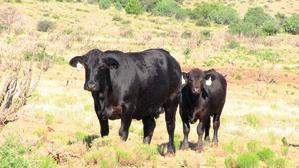
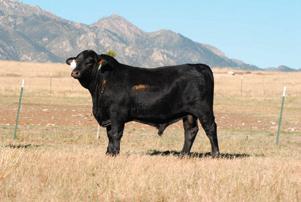
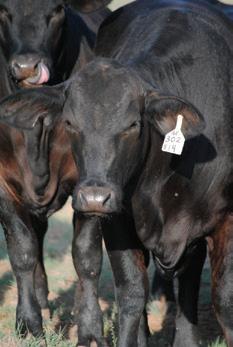
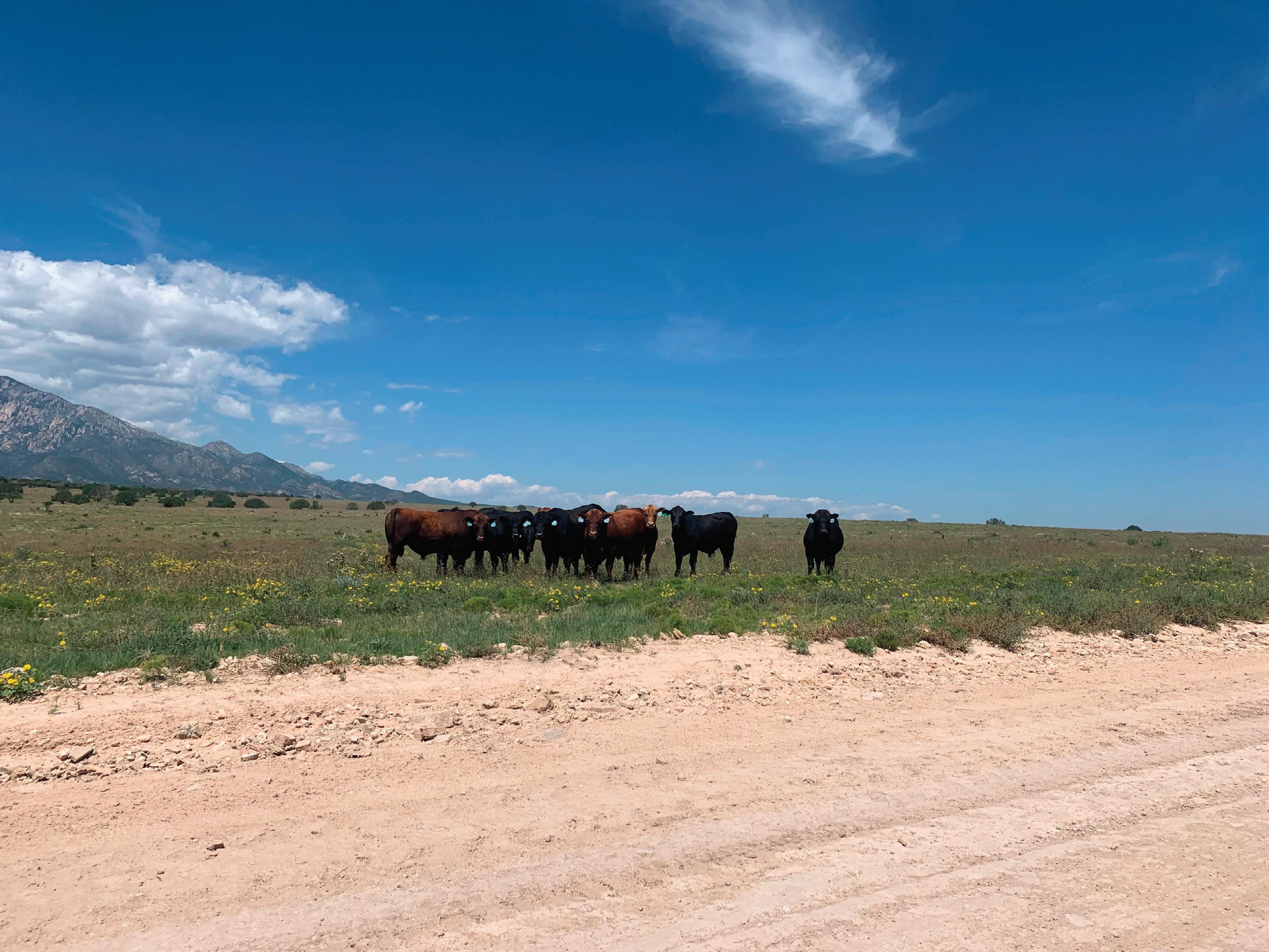


Certified Angus Beef 2026
Summer Communications Internships
Application deadline November 9, 2025
The Certified Angus Beef Communications team will host three 2026 summer interns: Producer Communications, Multi-media and Social Media. Interns will share the Certified Angus Beef story with stakeholders across the beef supply chain and media through writing, social media content, and other visual mediums. Interns will manage projects to increase brand awareness and inspire commitment to raising and selling the Certified Angus Beef ® brand. Strong writers and content creators are encouraged to apply.
The Producer Communications intern will focus on opportunities to engage farm, ranch and feedyard audiences. This intern will write news releases, feature stories and create content for the brand’s rancher-facing social media accounts, website and email copy. Photography and video editing projects may also be assigned. Background knowledge and experience in agriculture is preferred.
The Multi-media intern will support the brand’s creative content through photo and video capturing, editing and cataloging. Developing creative for direct-to-consumer and business-to-business audiences, this
intern will have opportunities to enhance their storytelling skills across media channels through long- and short-form video and photography in both studio and field settings.
The Social Media intern will assist in enhancing the brand’s online presence by driving meaningful digital interactions that lead to impactful in-person conversations. Responsibilities include monitoring the brand’s social media communities and daily engagement across various channels and digital platforms. The intern may also support content creation, identify emerging trends and publish content that sparks engaging discussions about high-quality beef and culinary experiences.
These positions are available for 10 to 12 weeks, from midMay to mid-August, equivalent to 40 hours per week. Some travel and weekend work may be required. Personal transportation is the responsibility of the intern. The internship will be located at brand headquarters in Wooster, Ohio.
Junior or senior-level students majoring in agricultural communications and journalism, animal sciences and industry (communications option), journalism, public relations, multi-media, digital media, video or photography arts. Internship pay and housing options to be discussed at interview.
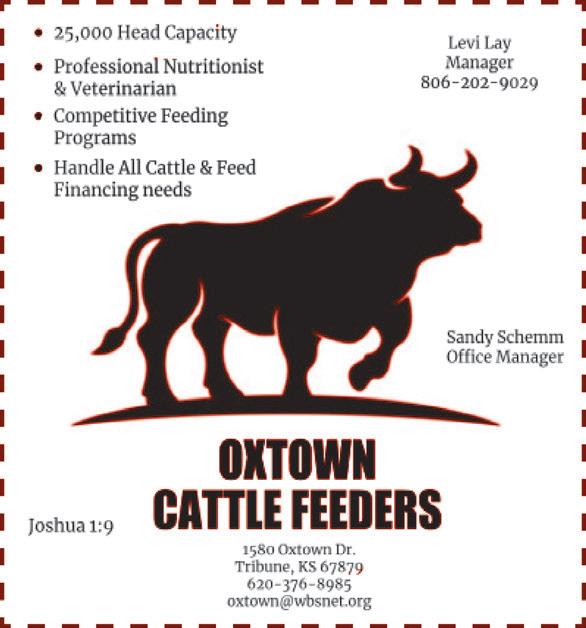

Knowledge, Skills and Abilities:
■ Superior writing and editing skills that connect with audience in their language
■ Self-starter, independent to complete deadlines and manage time
■ Detailed organizational skills and follow-up
■ Forward-thinking, creative problem solver
■ Demonstrate knowledge of project management across teams, including plan development and execution, with a strong focus on details and time management
■ Strong communicator, both verbally and written, and enjoys working independently as well as part of a larger team.
■ Ability to operate a DSLR or mirrorless camera for photos and video
■ Adobe Suite and WordPress experience preferred, not required
■ Multi-media intern must be proficient in PremierPro, Lightroom and Photoshop. Additional Adobe suite experience preferred.
■ Proficient in navigating social media sites such as Facebook, Instagram and TikTok
APPLICATION PROCESS AND DEADLINE
Interested students may apply online at https://certifiedangusbeef.com/en/careers by submitting a brief cover letter, resume, and a link to your online portfolio. Online portfolios should include work samples in design, writing, photography and/or videography. Applicants are encouraged to indicate a preference for the internship: Producer Communications, Multi-media or Social Media.
Any questions about the internships or application process, contact Morgan Boecker at mboecker@ certifiedangusbeef.com.
American Gelbvieh Association Welcomes
Academic Year Interns
Ablack background with a black square AI-generated content may be incorrect.
The American Gelbvieh Association (AGA) is excited to welcome two academic year interns: Kirsten Heselmeyer, AGA communications intern, and Gentry Warner, AGA visual content intern.
“It is truly an honor to get the opportunity to work with such accomplished young ladies as they use their talents to expand the Gelbvieh and Balancer® message to the greater beef industry. Their skillsets are incredible and will truly advance the communication efforts of the AGA,” said Megan Underwood, AGA communications coordinator.
Kirsten Heselmeyer – AGA Communications Intern
Heselmeyer will assist the AGA communications department through video creation, writing editorial content for Gelbvieh World and The Profit Picture, and member communication efforts.
Heselmeyer is from Taylor, Texas, where she grew up showing cattle and judging livestock. She is currently a senior at the University of Nebraska-Lincoln, majoring in Agricultural Leadership, Education, and Communications with a minor in Animal Science, where she is also a member of the livestock judging team.
“I have always been passionate about serving cattle producers, and I feel truly blessed to have the opportunity to do that through my work with the AGA,” said Heselmeyer. “The staff at the AGA is truly world-class. Their support of my growth has been such a blessing, and I deeply admire the way they serve members while constantly striving to provide the best experiences and resources possible.”
Gentry Warner – AGA Visual Content Intern
Warner will be expanding the photo library for the AGA communications department throughout the year for images to be used in Gelbvieh World, The Profit Picture, national advertising, and digital communications.
Warner was raised on a Gelbvieh and Balancer ranch in southwestern Nebraska. She is a junior at Kansas State University studying Agricultural Communications and Journalism. Additionally, she currently serves as the American Gelbvieh Junior Association (AGJA) President.
“I am very honored to have the opportunity to be the AGA visual content intern this year. Photography is something I am very passionate about, so being able to capture media for an industry and breed I care so much about is truly exciting. I look forward to the next year with the AGA team,” said Warner. Heselmeyer and Warner both began their internships at the beginning of the academic year and will continue through the end of their spring semesters. ▫
Farm Credit Bank of Texas Announces CEO Retirement
Farm Credit Bank of Texas (“FCBT”, “bank”), a cooperatively owned wholesale bank for agricultural and rural financing, announced today that chief executive officer, Amie Pala, has decided to retire after 38 years of dedicated service to the bank. Pala has agreed to remain in her role as chief executive officer as long as necessary to ensure a smooth and effective transition to her successor.
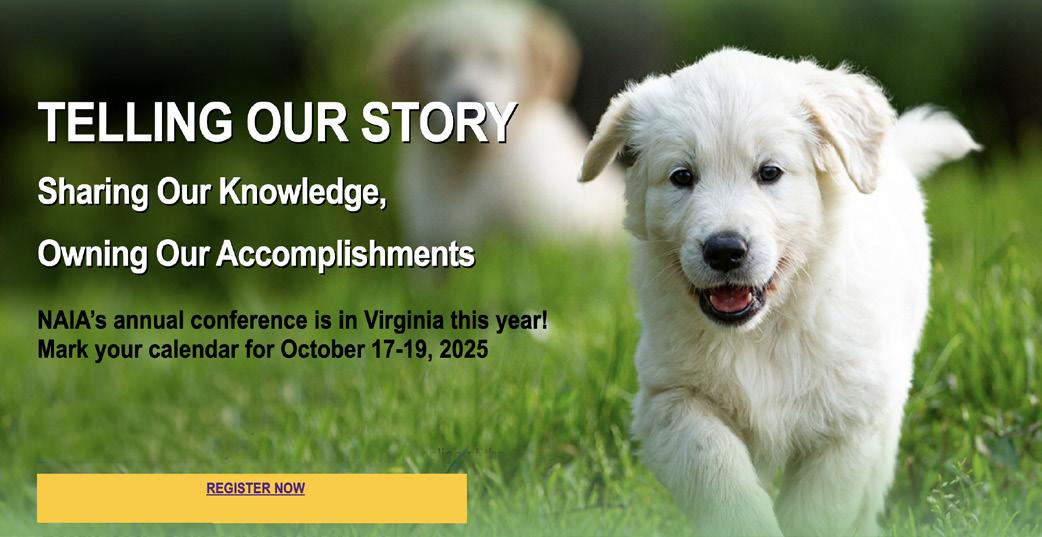
NOTE:
“Serving as the leader of the bank has been one of the greatest honors of my life. Over the years, I have had the privilege of working alongside talented, dedicated bank staff, district associations and other Farm Credit System entities. Enhancing the financial strength and building collaborative relations in support of the Farm Credit mission has been the focal point of my career,” said Pala.
“Amie has successfully positioned the bank to assure its financial integrity through many economic cycles. In addition, she successfully implemented the Farm-
View® end-to-end lending platform which serves our Associations. Amie has developed a highly competent executive management team and contributes to leadership across the Farm Credit System through various System workgroups, serving on the Funding Corporation’s Board of Directors and as Chair of the President’s Planning Committee,” said FCBT Board Chair Jimmy Dodson.
The FCBT Board of Directors has engaged Chartwell Partners to conduct a nationwide search for Pala’s successor. Scott Petty, Managing Partner of Chartwell’s Financial Services Practice will lead the project, and his team can be reached at madams@chartwellpartners.com. With the full support of the Board of Directors, Pala will continue to lead the bank as CEO until her successor is seated in the role. She will also be available to provide consulting services to facilitate continuity during the transition.
SOURCE: AGPROFESSIONALS
FLitigation and Its Impact on Agriculture Permanent Increase to Estate Tax Lifetime Exemption
armers and ranchers dedicate their lives to providing safe, sustainable, and nutritious food. Yet, agriculture faces increasing legal challenges from activist-led organizations. Chief among them is the Animal Legal Defense Fund (ALDF), a group that uses litigation, lobbying, and public campaigns against animal agriculture. Founded in 1979, the ALDF claims its work is about protecting animals and consumers; however, its past President, the late Steven Wise, founder of the NonHuman Rights Project, was heavily influenced by animal liberationist Peter Singer. Their website states, “Steve’s contribution to the animal rights movement is truly immeasurable. And while we mourn the passing of this exceptional human, the Animal Legal Defense Fund will endeavor to honor Steve’s legacy by continuing to protect the lives and advance the interests of animals through the legal system.”
Major Court Battles
The ALDF relies on litigation, often suing in federal courts and intervening in high-profile cases to advance its agenda. The impact of ALDF’s litigation strategy is immediate and costly. This could mean increasing compliance obligations and continuing litigation risk for producers. According to their website, the ALDF has engaged in 56 lawsuits in 19 states and has filed 32 Federal cases. Below are some examples of the types of lawsuits they have filed that impact animal agriculture.
Proposition 12
Because Proposition 12 applies to all egg, pork, and veal products sold in California, the law affects out-of-state producers nationwide. Other states have adopted similar laws, increasing compliance costs, especially for pork and egg producers. The ALDF has played a leading role in defending California’s Proposition 12 in the courts. The U.S. Supreme Court declined to revisit the case in June 2025, leaving Prop 12 in place.
Labeling Terms
States such as Missouri and Arkansas have worked to ensure words like “meat” or “burger” are only used for products from slaughtered animals. The ALDF challenged these laws as violations of the First Amendment, arguing that plant-based companies should be able to use familiar food terms. Courts in Arkansas agreed and struck down the law. Missouri’s statute is still under challenge, but the precedent is clear. Agriculture is facing a fight over controlling labeling standards from companies marketing imitation foods, and those companies are getting support from the ALDF.
Lawsuits Over Ag-Gag Laws
Labeled “Ag-Gag” laws by activist groups, these laws go by other names, such as the Property Protection Act, and are passed to shield agricultural operations from trespassing, unauthorized recordings, and misrepresentation during hiring, especially when aimed at damaging producers’ reputations. They may also ban the use of unattended
surveillance devices. The ALDF has been active in challenging these laws that aim to protect producers.
ALDF v. Vilsack
The ALDF also sued the United States Department of Agriculture (USDA) over poultry labels approved for Perdue, claiming that the outdoor imagery misled consumers, as the chickens were actually raised indoors. The Washington D.C. Circuit Court dismissed the case in 2024 for lack of standing. However, filing lawsuits over branding and imagery illustrates the ALDF’s willingness to target animal agriculture across a wide swath.
Lawsuits Against the EPA
The ALDF is also active in filing or joining environmental lawsuits targeting the Environmental Protection Agency (EPA). Most recently, it joined a coalition of activist groups, including Food & Water Watch, Earthjustice, Waterkeeper Alliance, and the Center for Biological Diversity, in challenging the rollback of proposed effluent rules for meat processors. These rules were abandoned after the EPA determined that the law standards remain sufficient. While activist groups portray the decision as a corporate giveaway, agricultural leaders have emphasized that the rollback was essential to keeping small and mid-sized processors viable, protecting thousands of jobs, and preventing higher food prices for consumers. By aligning with like-minded organizations that openly seek to dismantle animal agriculture, the ALDF demonstrates a broader strategy: leveraging environmental law as a weapon to restrict livestock production.
Why It Matters
The growing litigation activities of animal rights groups underscores why agriculture cannot afford to remain passive in the face of relentless legal pressure. These lawsuits are not isolated skirmishes; they are part of a broader campaign aimed at eroding animal agriculture. Each case sets a precedent that threatens not only producers but also the stability of rural communities and the integrity of our food supply. While the ALDF is the most prominent, it is not the only animal rights group that engages in lawsuits, there are many others, for example, Humane World for Animals (formerly known as the Humane Society of the United States – HSUS), the American Society for the Prevention of Cruelty to Animals (ASPCA), People for the Ethical Treatment of Animals (PETA), the NonHuman Rights Project (NhRP), Animal Welfare Institute, and Legal Impact for Chickens (we recently wrote about this group) and more. That is why agricultural leaders, policymakers, and the public must recognize the stakes and stand together in defense of science-based, proven, and responsible production practices. Protecting and advocating for agriculture is about more than defending livelihoods; it is about ensuring that future generations continue to have access to abundant, affordable, and nutritious food grown with
BY TIFFANY LASHMET / TEXAS AGRICULTURE LAW BLOG
Anytime I do an estate planning presentation, the topic of the federal estate tax is one on the minds of many in the audience. In July, the One Big Beautiful Bill Act included an important provision permanently increasing an individual’s lifetime exemption to $15 million. Today, we are going to just hit the high notes of the estate tax and the change to the law included in the One Big Beautiful Bill.
What is the estate tax?
The federal estate tax (sometimes referred to as the “death tax”), is a tax imposed when a person dies and transfers assets to someone other than a surviving spouse. It is essentially a tax on the right to pass assets to another person upon death.
Who pays it?
If the estate tax is owed, it is due to be paid by the decedent’s estate. The estate tax must be paid if the fair market value of the decedent’s estate is worth more than the lifetime exemption set by congress. For 2025, the lifetime exemption is $13.99 million per person. This means if a person dies in 2025 and his or her estate is worth more than $13.99 million, their estate would be responsible for paying the estate tax.
What was set to happen in 2026?
In 2017, Congress doubled the lifetime exemption from $5 million to $10 million per person (adjusted annually for inflation.) This provision of the 2017 Tax Cuts and Jobs Act was set to expire on January 1, 2026. Thus, prior to the enactment of the One Big Beautiful Bill in July, the lifetime exemption was set to sunset back to $5 million per person. For many people involved in agriculture, this was going to be a significant change that would have required the need to make urgent updates to existing estate plans (or to create estate plans if none were yet in place!)
However, the One Big Beautiful bill changed that, making the lifetime exemption $15 million per person permanent
going forward with no set reversion back to prior levels. The lifetime exemption amount will be adjusted annually for inflation.
What should people do in light of this change?
The best advice for anyone concerned about estate tax liability is to work with an attorney and an accountant to ensure there is a plan in place to avoid owing any estate taxes at death. There are a number of potential tools available that can be used in order to achieve this goal–but these steps must be taken prior to a person’s death. For example, a person may be able to offset their estate tax liability by gifting to other people at an amount less than the federal gift tax each year. Another option might be to utilize an irrevocable trust to hold certain property. The advice I always offer to anyone who is even close to having an estate near the lifetime exemption amount is to meet with an attorney and an accountant right away to get a plan in place. ▫
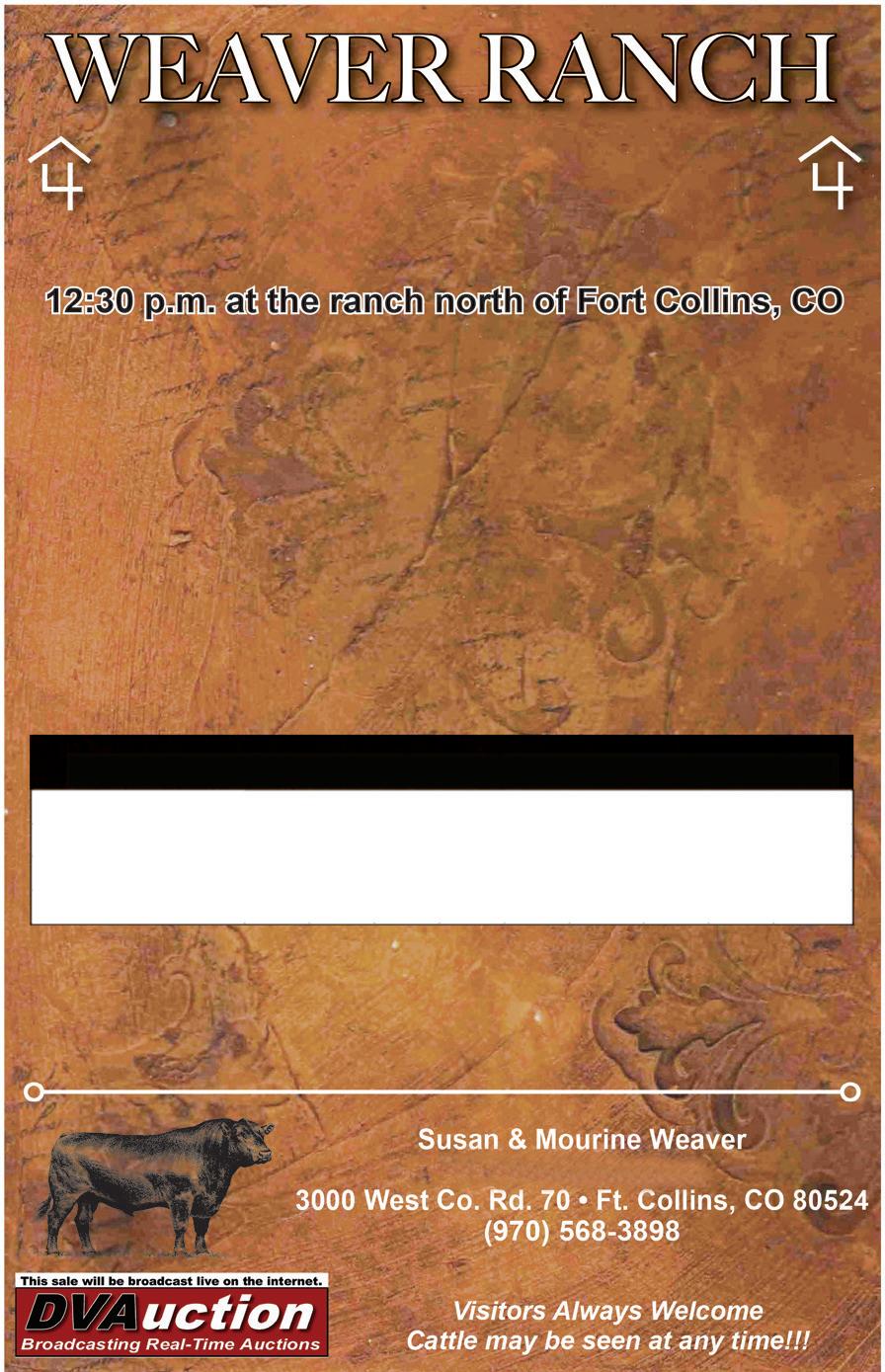
Activists Struggling With Corporate Campaigns
BY JACK HUBBARD / MEATINGPLACE.COM
Over a decade ago, animal rights activists found success in bullying restaurants, supermarkets, and foodservice companies into making pledges to only buy cage-free eggs, before moving on to pork and poultry pledge campaigns. Fast forward to now, and the tide seems to have shifted.
Animal activists have spent much of this year desperately trying to get companies to keep their cage-free egg pledges, a tough task given skyrocketing egg costs. And their poultry campaign, under the banner of “Better Chicken Commitment,” appears flailing as well.
Compassion for World Farming (CIWF), which tracks poultry pledges, released a video this spring saying 142 million broilers stood to benefit from their working group. But that’s only about 1.5 percent of the broiler
industry, indicating their campaigns haven’t majorly affected production practices.
CIWF also states that about 20 percent of companies that have made a poultry pledge are reporting progress. That means about 80 percent of companies that have made a pledge are not reporting any progress.
Actions speak louder than words. Animal activist groups heckle and harass companies to make these pledges, and many companies might make a pledge simply to get them to go away.
Why are animal activists struggling? Several reasons come to mind.
First, some corporate leaders have wised up to the activist game. Executives have learned that animal activists won’t be satisfied with cage-free eggs or “better” chicken because they don’t want anyone to eat eggs or poultry at all.
Second, companies have learned that these pledges can come with unacceptable environmental costs that undermine a company’s ESG priorities.
For poultry, a study found that adopting “Better Chicken”-like standards, which require slower-growing birds, would have a massive environmental impact.
If just one-third of broilers were raised using these alter-
native production standards, it would require 1.5 billion more birds to be raised every year. This, in turn, would result in huge quantities of additional feed and water to grow these birds, which would produce about 30 billion pounds of manure waste that would have to be managed.
That’s not something many companies would want to sign up for.
The corporate campaign game isn’t won yet — and it may never be. A single foundation in California, run by a billionaire, is funding these corporate campaigns and has earmarked over $100 million since 2016 to fund them. While you might enjoy a Saturday afternoon with family and friends, vegan activists spend their free time protesting and calling corporate headquarters. Dealing with activists can be a never-ending war.
But as we can see from the evidence above, pushback is effective at limiting any gains. Ultimately, companies respond to the laws of supply and demand and the wishes of their customers. And at the end of the day, the activists represent a fringe ideology that the public doesn’t subscribe to.

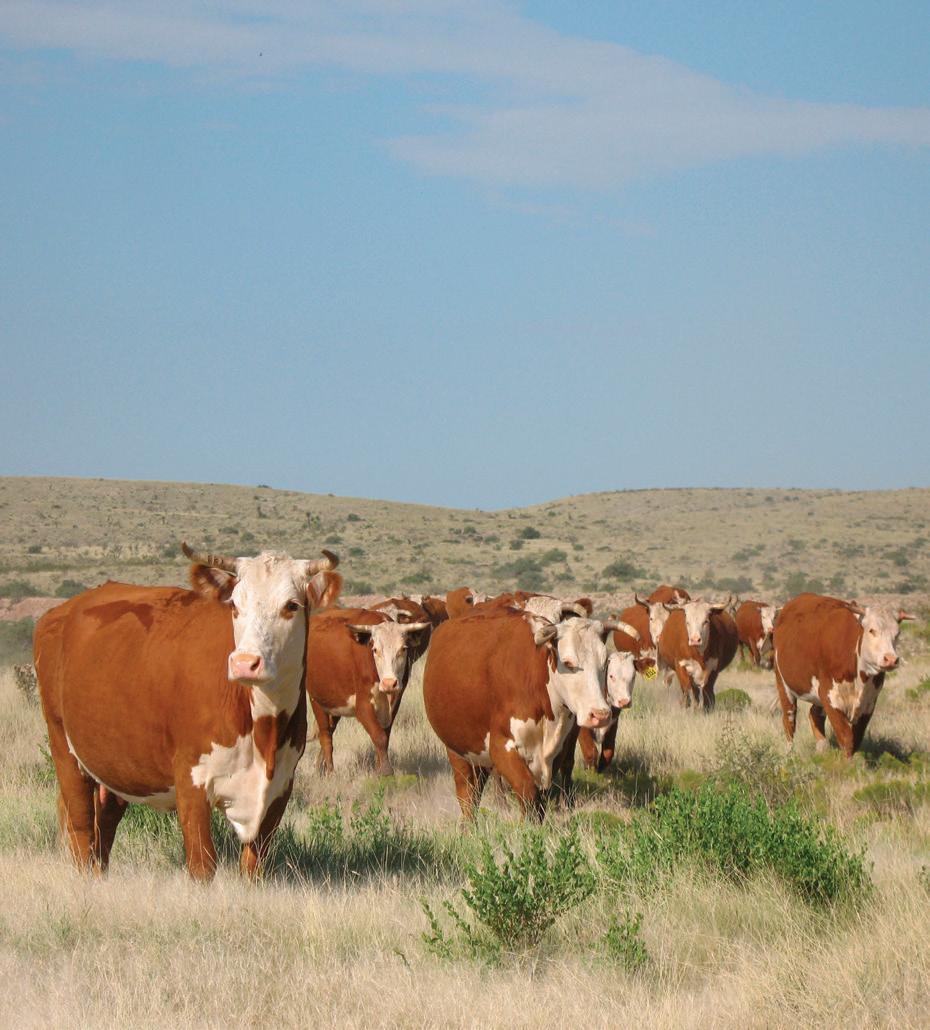
Independent Ranchers Meet With White House, USDA, USTR and Congress to Push America First Cattle Policies
BY: R-CALF USA MARKETING DIRECTOR JAIDEN MORELAND
Independent cattle producers from eight states traveled to Washington, D.C., last week as part of R-CALF USA’s fly-in, delivering a clear message: food security is national security, and the prosperity of America’s ranching families must be central to America First policy making.
The group met with U.S. Secretary of Agriculture Brooke Rollins and other USDA senior advisors, White House staff in the Executive Office of the President, and officials from the Office of the U.S. Trade Representative (USTR), including Assistant USTR for Agricultural Affairs and Commodity Policy Dr. Julie Callahan. On Capitol Hill, ranchers sat down with more than 20 senators and representatives from across the country and across the aisle.
Meeting discussions focused on pressing lawmakers to reinstate mandatory country of origin labeling (MCOOL) for beef, an initiative R-CALF USA seeks to include in the farm bill through its “Label Our Beef” campaign. The group also discussed checkoff program reform, mandatory electronic ID eartags, competition, and concerns about rising consumer beef prices. Additionally, in response to the ongoing threat from New World screwworm, R-CALF USA urged leaders to keep America’s herds safe by keeping the border closed and rejecting calls to relax U.S.-Mexico cattle trade.
“This fly-in showed the heart of independent ranchers and the backbone of rural America in a place that needs reminding,” said R-CALF USA Marketing Director Jaiden Moreland. “These weren’t paid lobbyists. They were ranchers who left behind their families and operations, at their own expense, to carry the voice of America’s ranching families to the nation’s Capital and tell their stories face to face with policymakers.”
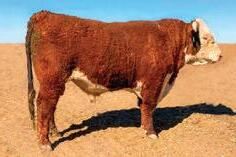
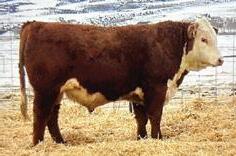
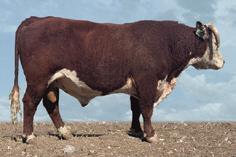


“With four packers controlling over 80 percent of the market and lobbyist-driven policies keeping consumers in the dark about where their beef comes from, restoring MCOOL should be common sense,” said R-CALF USA President Dave Hyde. “R-CALF USA represents the cattle industry, not the beef industry, and it’s time Washington put independent ranchers, and America’s food security, first. I left D.C. encouraged knowing that the agencies and offices we met with heard the true perspective of independent producers.”
“America cannot remain free and independent if it cannot feed itself,” said R-CALF USA Vice President Eric Gropper. “Restoring MCOOL in the 2025 farm bill is an America First policy. Our trip to D.C. showed the sacrifice and determination of independent ranchers who made sure Congress and the administration heard directly from the people who raise America’s cattle. That presence matters, but so do your voices back home. Calling your senators and representatives makes a difference, and we encourage everyone to pick up the phone and make their voice heard.” ▫
Cargill Report Reveals Most Popular Cuts of Steak on Menus
BY CHRIS MOORE / MEATINGPLACE.COM
Ribeye, sirloin, filet and New York strip remain the top choices for diners, according to Cargill’s first-ever State of Steak – Foodservice Edition report, which highlighted the cuts’ enduring popularity alongside growing consumer expectations for consistency, clarity and flexibility on menus.
“Steak is more than just a protein — it’s a signal of quality, indulgence and experience,” said Glendon Taylor, marketing director for Cargill’s North American Food Business. “Our research shows that steak can be a business driver for restaurants, but only if it consistently delivers on expectations like doneness, tenderness and presentation.”
The report found that one in four diners were dissatisfied with their last restaurant steak, often due to doneness, availability or inconsistent quality. Consumers continue to favor the “Big Four” cuts — ribeye, sirloin, filet and New York strip — and want clear grading, flexible sizes and straightforward menu language.
Cargill noted that operators can strengthen loyalty and sales by aligning menu messaging with diners’ emotional connections to steak, investing in training for staff and emphasizing quality cues such as USDA grade. The report also suggested pairing steak with seasonal promotions or celebrations to reinforce its role as a premium, everyday indulgence.
District Court Allows Rancher EID Lawsuit against USDA to Proceed
BY PETER THOMAS RICCI / MEATINGPLACE.COM
The U.S. District Court for the District of South Dakota has allowed a challenge to the USDA’s electronically readable (EID) ear-tag regulation to proceed.
The R-CALF, et al. v. USDA lawsuit, filed by the New Civil Liberties Alliance (NCLA), challenges the 2024 rule that requires EID tags for certain cattle and bison transported across state lines, instead of traditional visual tags. When USDA’s Animal and Plant Health Inspection Service (APHIS) announced the rule, the agency described it as a “significant” step forward in traceability efforts to limit contagious animal diseases.
“Rapid traceability in a disease outbreak will not only limit how long farms are quarantined, keep more animals from getting sick, and help ranchers and farmers get back to selling their products more quickly — but will help keep our markets open,” APHIS Administrator Dr. Michael Watson said in an April 2024 release.
The NCLA alleges the EID rule is “arbitrary and capricious under the Administrative Procedure Act (APA),” and that APHIS and USDA have failed “to reasonably explain” how the rule is necessary when “the existing Animal Disease Traceability framework is already proven effective, and the rule only applies to a 10th of the nation’s cattle herd.”
“Since the rule came into effect almost a year ago,” said NCLA Litigation Counsel Kara Rollins, “America’s ranchers and farmers have been forced to comply with its expensive and unnecessary EID mandate. The rule is a classic example of bureaucratic convenience overriding reasoned decision making. We look forward to this having this case resolved on the merits.”
Mexican Meat Inspection in US to Allow Faster Rail Shipment
BY FRANK FUHRIG / MEATINGPLACE.COM
Mexican meat inspectors will be able to conduct checks inside the United States to clear products for export, speeding
rail shipments at the Mexican border under a new arrangement between the neighboring governments.
The USDA’s Food Safety and Inspection Service (FSIS) has finalized a protocol with Mexico’s inspection agency, the National Service of AgriFood, Health, Safety and Quality (SENASICA), with a signed letter of intent allowing inspectors at the export location inside the U.S. So far, one U.S. facility has agreed to host Mexican inspectors, but more federally inspected establishments could still sign up for the voluntary program, a source with knowledge of the process told Meatingplace
A date has yet to be announced for the U.S.-based
inspections to start. In a statement, FSIS said the “innovative partnership” allowing reinspection is “the first of its kind in the U.S. meat and poultry sector.” The agency emphasized that U.S. exporters have no new regulatory requirements.
“This process will eliminate the need for routine border inspections by Mexican officials and allow for faster, more efficient delivery of American meat and poultry products,” FSIS said.
Mexico’s purchases of U.S. red meat and poultry totaled more than $5.5 billion last year, by far the most lucrative export market for American protein processors. Pork sales alone to Mexico were worth
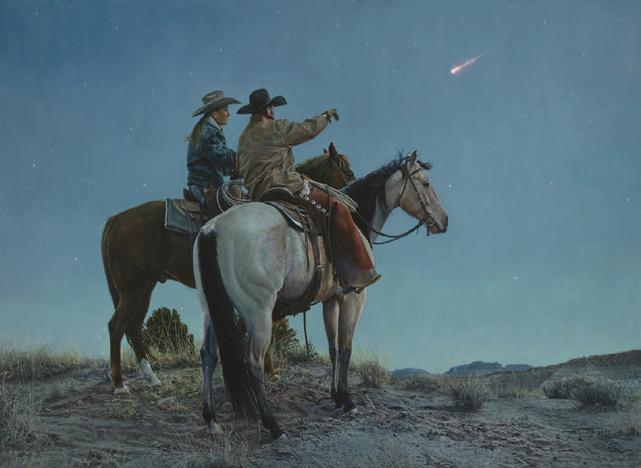

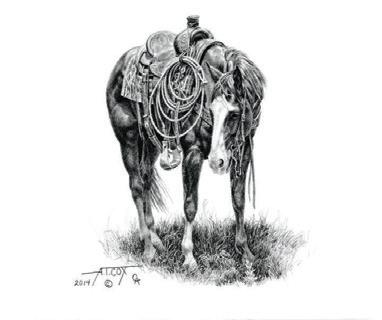

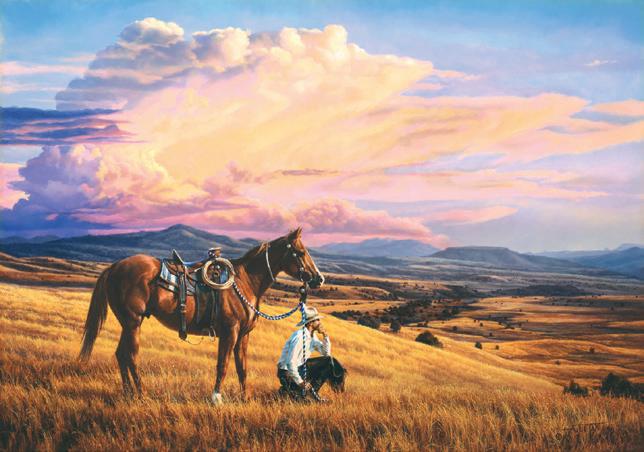
more than $2.58 billion and through seven months of this year are 6% ahead of 2024’s pace. By volume last year, Mexico bought 905,917 metric tons (mt) of poultry meat and products, excluding eggs, more than the rest of the top five U.S. export destinations combined. Sales of pork to Mexico in 2024 were more than 1.15 million mt, which was more than the total shipped to China, Japan and South Korea, the second, third and fourth biggest buyers combined. Mexico was second in beef volume last year at 232,488 mt, less than 400 metric tons behind Japan. ▫

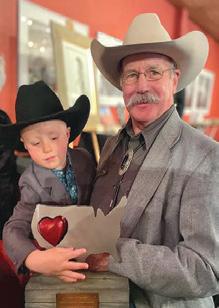




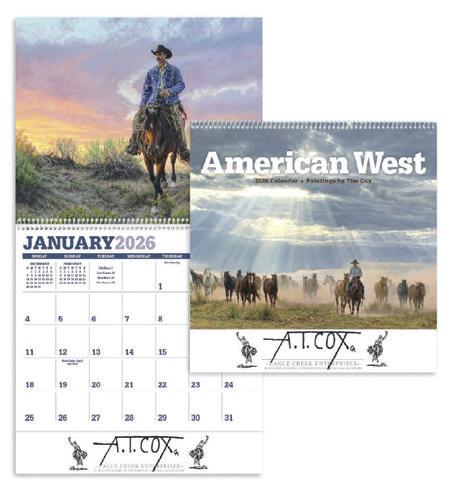



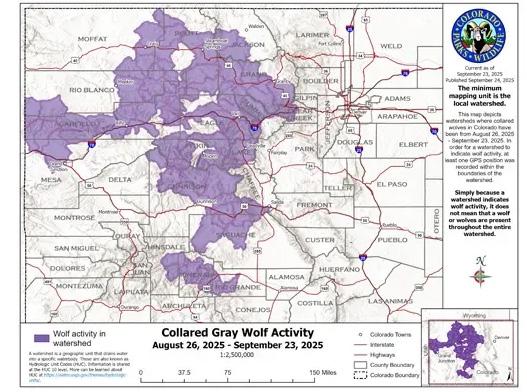
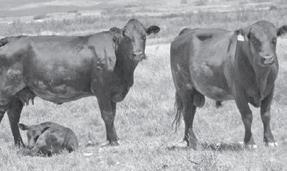
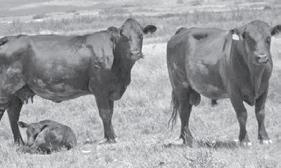
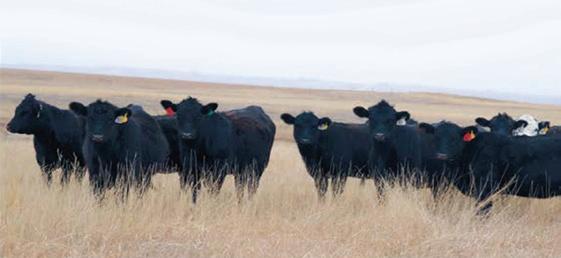
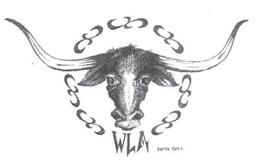

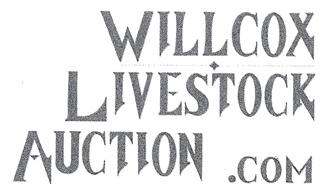
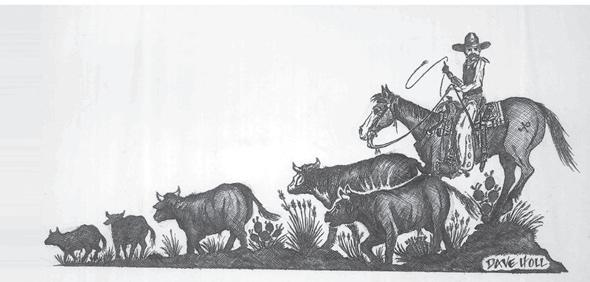

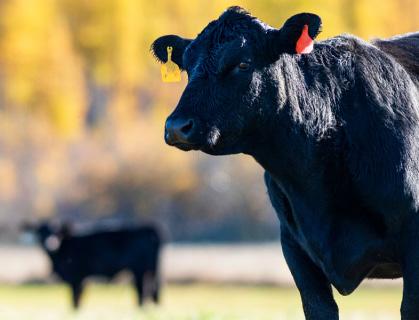
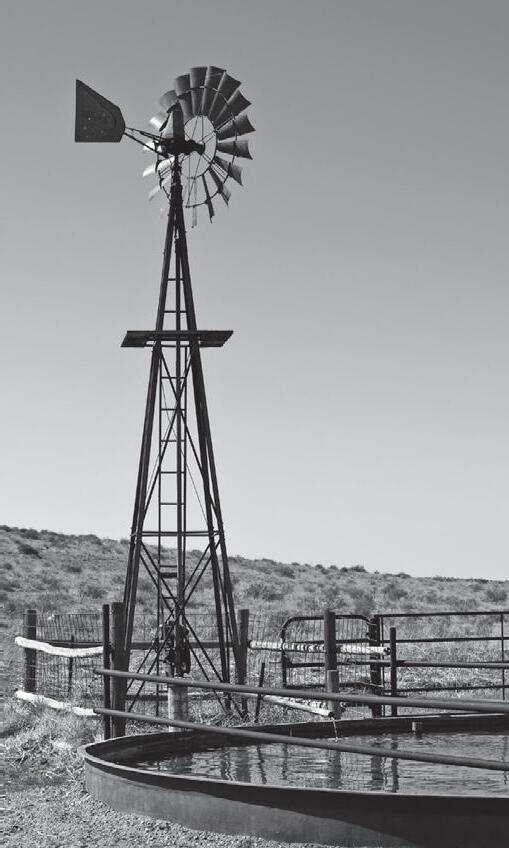
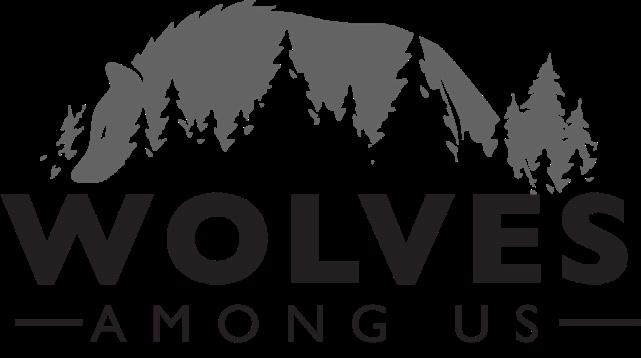
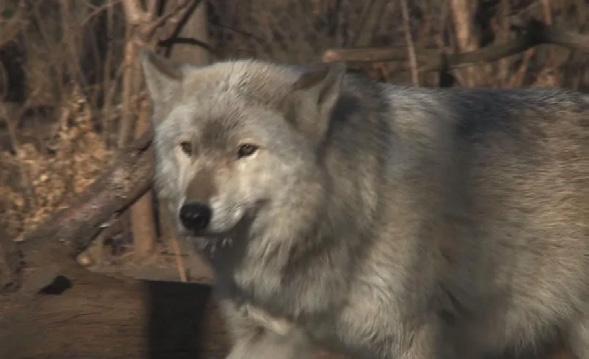
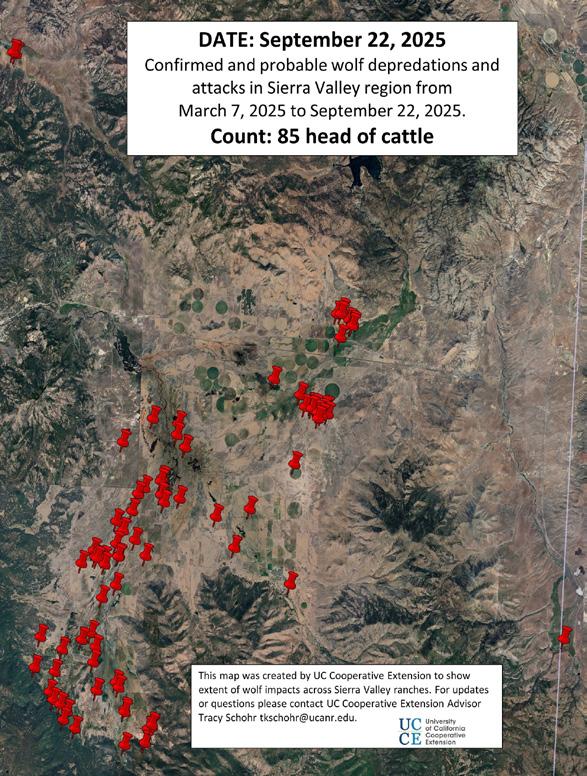
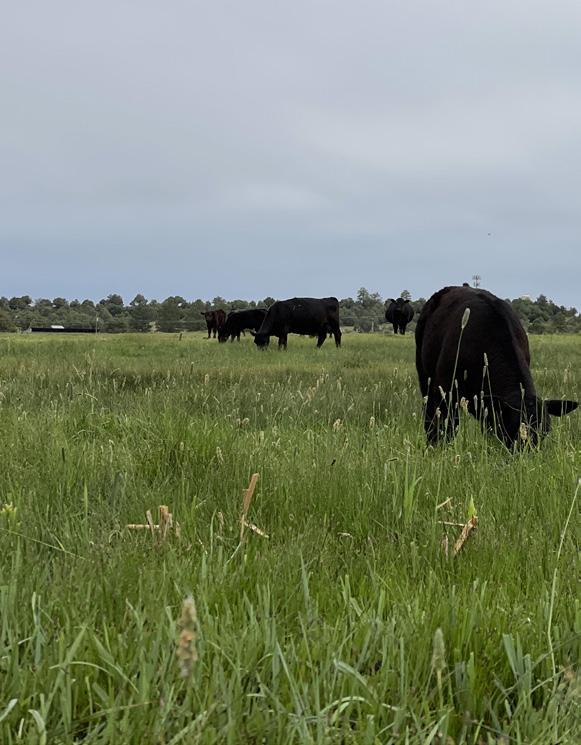
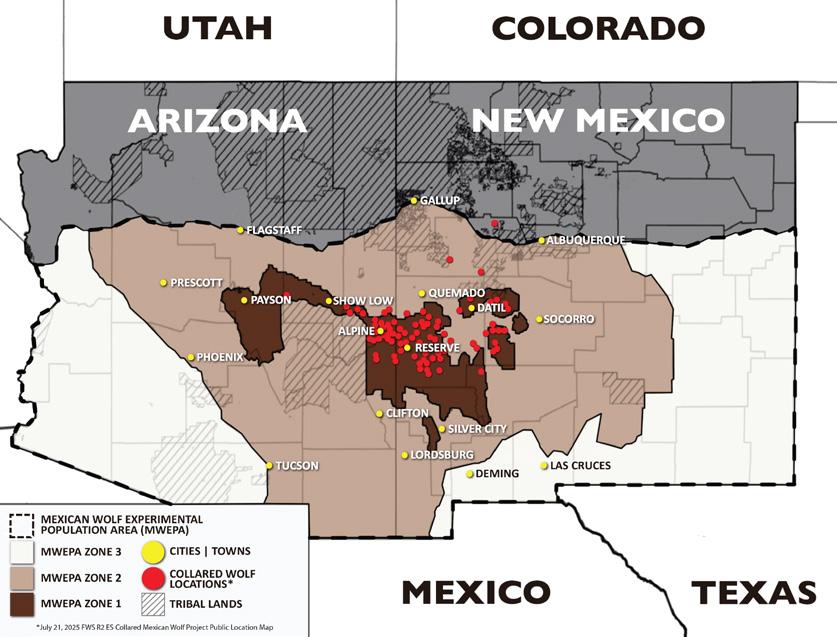
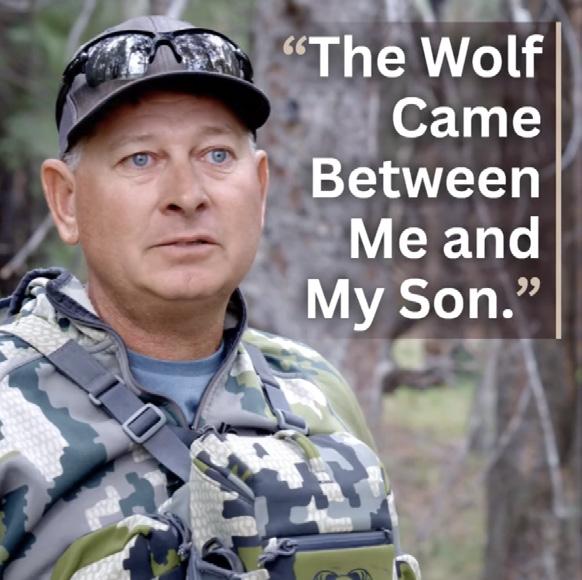
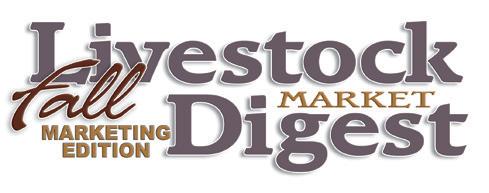
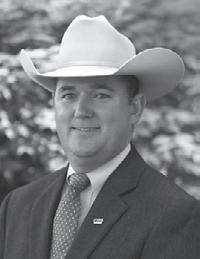

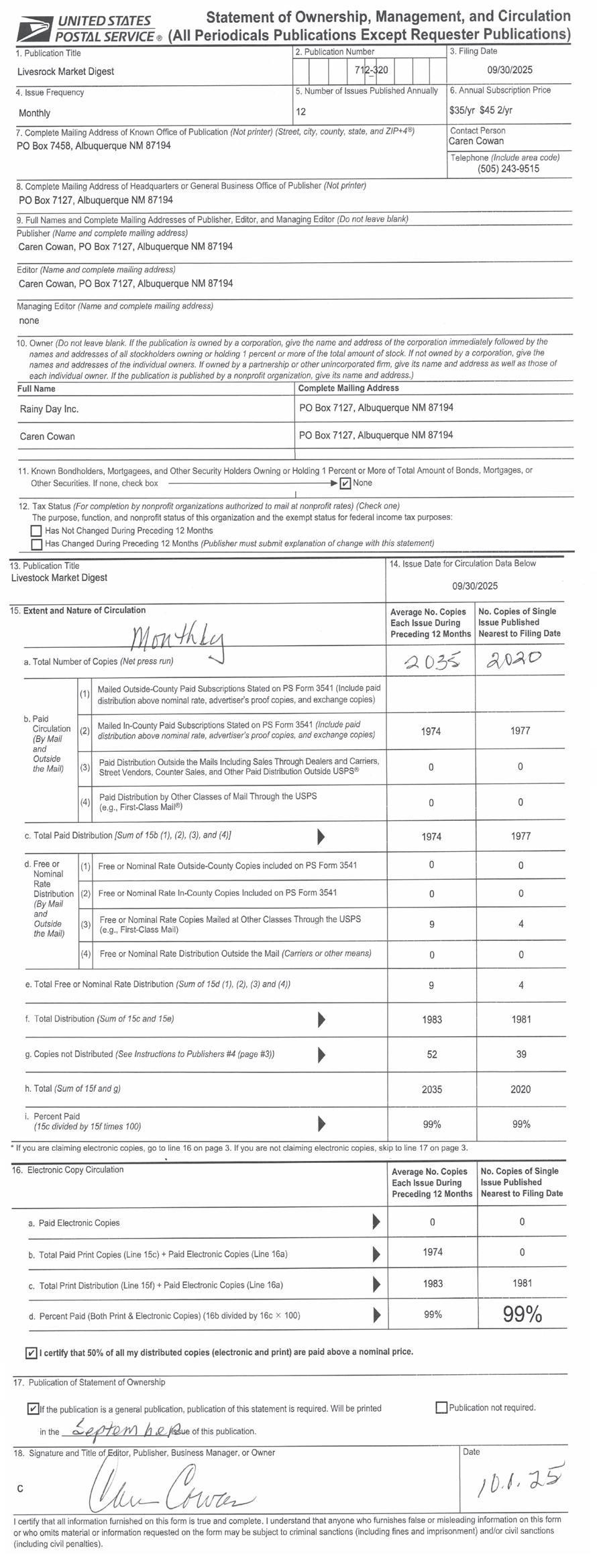
Beef-on-Dairy Crosses are a Practical Alternative for Stocker Programs
PAUL BECK, OKLAHOMA STATE UNIVERSITY COOPERATIVE EXTENSION BEEF CATTLE NUTRITION SPECIALIST / COW CALF CORNER
Calf supplies are expected to be tight this fall. The U.S. beef cow herd is the smallest since the early 1960s, and calf crops continue to shrink. Stocker operators will need to look for alternative sources of grazing cattle.
One option is beef-on-dairy crosses. Each year, U.S. dairies produce more than 4 million calves for beef production, and a growing share are dairy cows bred to beef sires. These crossbreds typically outperform straight dairy calves in growth, feed efficiency, and carcass value.
OSU Research Findings
■ Oklahoma State University has studied how beef-ondairy crosses perform in both stocker and finishing systems.
■ In one trial, steers were finished either as lightweight calves (100 days old) or after 217 days of stocker grazing. Grazed calves gained 2.0 lbs./day while grazing and entered the feedlot at heavier weights and had improved carcass traits, but also consumed more feed than calves placed directly on feed (Grote et al., 2024).
■ A commercial-scale study in western Oklahoma compared beef-on-dairy calves to native beef calves. Dairy-beef crosses gained less during grazing than native beef calves on native range and entered the feedlot lighter but compensated during finishing to reach heavier slaughter weights (Grote et al., 2024).
■ In another wheat pasture study, 100-day old lightweight beef-on-dairy crosses struggled early, gaining only 0.75 pounds per day in the first month compared to 2.5 pounds for beef calves. Gains improved with time—gaining 3.3 lbs./day later in the grazing season (from day 84 to 140)—and over the 140-day grazing period they gained an average of 2 lbs./day compared to 2.75 for beef calves.
Management Keys
The slower start on pasture is often due to previous management and new environment. Unlike beef calves raised alongside their dams, dairy-beef calves don’t learn grazing behavior early in life. When they leave the dairy, many are unfamiliar with hay, group housing, open pastures, or even water sources.
A 2–3 week receiving period is critical. This time allows calves to adjust to new feeds, learn to graze, and develop herd behavior before turnout. Once adapted, their grazing performance improves and becomes more competitive with beef calves.
Take-Home Message
With tight beef calf supplies, beef-on-dairy crosses are becoming an important option for stocker operators. They

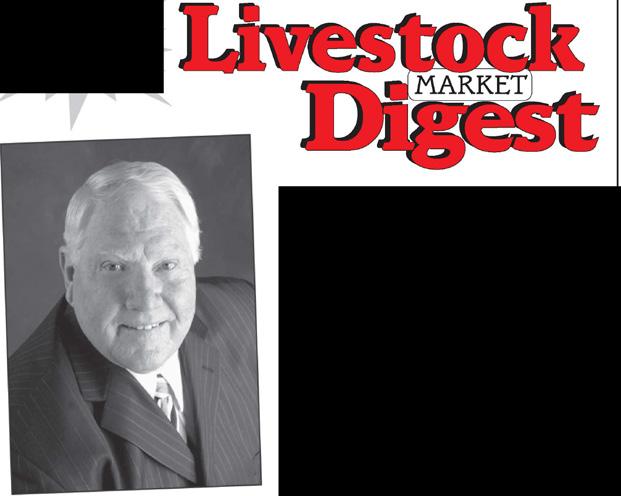
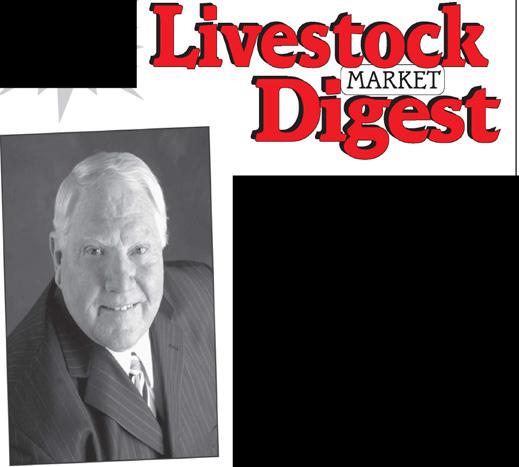

The Rule of Law Applies to All, Even the Federal Government
SOURCE: MOUNTAIN STATES LEGAL FOUNDATION
Everyone should play by the same rules. That’s the basic idea of fairness most Americans understand. When it benefits them, the federal government loves to hold people accountable to its rules, but the feds hate it when they’re forced to obey state law. This is especially true in the case of water rights, where the US Government would see itself as some legally exempt land baron over the state governments. This is why Paul Nettleton, Tim Lowry, Don Pickett, and the Idaho Farm Bureau Federation — represented by Mountain States Legal Foundation — stood up and said enough is enough.
Case Background
Twenty years ago, in an obscure and little-known process, the state of Idaho decreed, or assessed, that the federal government had thousands of rights to stock water (water suitable for livestock consumption) on federal land in Idaho. The federal government received many of these stock water rights because those who would be affected by such a decree did not know how the federal government’s claims would affect them or did not understand the need to have legal representation to object.
Why did the federal government need Idaho law to give it those rights in the first place? In 1978, the Supreme Court of the United States ruled that Congress did not reserve stock water rights to the federal government on National Forests. Instead, those rights are properly subject to state law, even if the water is on land allotments the federal government has issued grazing permits. That case, US v. New Mexico, confirmed the states are best suited to allocate stock water.
In 2007, Joyce Livestock— the 150-year-old, fifth-generation Nettleton family ranch— won a critical case against the federal government. According to Idaho law, stock water rights must be put to “beneficial” use, or be forfeited. Joyce v. US affirmed that the federal government is not exempt from Idaho’s beneficial-use law. Perhaps more importantly, the Idaho Supreme Court also ruled that in order for anyone to put the stock water to beneficial use, including the federal government, they must water their own livestock or that of their “agents.” Simply allowing private third-party permit-holders—such as the Idaho ranchers who actually use these water rights—to water their own stock does not qualify as a beneficial use by the federal government.
In response to the case, the Idaho legislature codified its holdings and established an administrative process to determine whether stock water rights had been put to beneficial use or forfeited. The federal government balked at such scrutiny of its (likely forfeited) stock water rights and has sued the state of Idaho on shaky and bizarre
grounds to prevent enforcement of these laws. Its fanciful reasoning includes the idea that such a law undermines the supremacy of federal law—despite the Supreme Court’s 1978 ruling. Simply put, the federal government could easily lose its stock water rights under the laws of Idaho—backed by the Supreme Courts of both Idaho and the United States—and it doesn’t like those laws. It doesn’t want to play by the same rules as everyone else, so it’s trying to blindfold the umpire.
What’s at Stake
It has been the well-known and unambiguous law for decades that stock water rights on National Forest lands are subject to state law, not federal whim. The US Government is trying to unfairly wrest control of stock water rights away from Idaho by declaring Idaho’s administrative process unconstitutional. If the federal government succeeds, the ranchers who have superior claims to the waters will have a difficult to impossible time vindicating their rights.
Paul Nettleton, who operates the Joyce Livestock ranch, was there back in 2007 when he successfully forced the federal government to play by rules in Idaho. Tim Lowry of the LU Livestock Company was plaintiff in a companion case decided the same day, and both are once again helping keep the feds out of their water.
Joining the duo is Don Pickett, whose ranch has been in operation since 1881. These three ranchers—and the rest of Idaho’s ranchers as represented by the Idaho Farm Bureau Federation—have stepped up to stop the federal government because their livelihood is threatened by federal control of water.
Paul’s ranch, the oldest family ranch in the state, is in its fifth generation (and perhaps soon a sixth with his grandchildren). During the summer, their grazing allotments by the Bureau of Land Management are heavily dependent on stock water. They know firsthand the dangers of letting the federal government avoid scrutiny of its efforts at appropriating stock water rights.
Don and his ranch support more than workers—many have been with the Pickett Ranch since Don was born. Years ago, they had to cede to the federal government significant control over how and when their own stock water rights could be used in order to avoid the sort of expensive and lengthy litigation that Joyce Livestock and LU Ranching endured. He’s in this fight to finally have the freedom to utilize his water in the most efficient way possible.
As for Tim, his family’s ranch has stock water rights decrees that are senior to the federal government’s overlapping decrees, but the feds successfully fought off—based on nothing more than sheer technicalities— his efforts to object to their claims. Tim wants Idaho to have the ability to scrutinize federal government’s competing claims to the rights they have forfeited by lack of beneficial use.
This case, though, is not limited to Idaho. The federal government is almost certainly using Idaho as a test case that could be repeated in states across the American West, to the extent their stock water laws parallel that of Idaho.
The goal of the federal government, if it is successful, is to establish a precedent that when the US Government is decreed water rights under state law, it becomes practically impossible for those rights to be forfeited under the veil of national supremacy. Such a precedent could be catastrophic to the ability of western states to govern themselves, and of ranchers to earn a living.
As MSLF attorney Joseph Bingham said, “In the long run, the federal government’s fanciful legal theory threatens Idaho’s sovereignty, its ranchers’ livelihood, and the sovereignty of other states. The law is crystal clear — Idaho’s waters belong to the people of Idaho, who have entrusted it to their state government, not Washing-
ton, D.C.” Case Timeline
■ June 2022: The US Government sued the state of Idaho.
■ July 2022: Idaho’s legislature, hoping to increase the defense against the feds, moved to intervene in the case.
■ August 2022: Mountain States Legal Foundation, on behalf of Idaho ranchers who do not want to answer to faraway feudal federal bureaucrats, has moved to intervene and ensure the rights of ranchers are heard by the court. Our intention is simple and aligned with the Ida-
ho legislature—this case should be dismissed.
■ March 2023: Chief Judge of the US District Court for the District of Idaho David C. Nye granted intervention to MSLF’s clients, securing their participation in the case.
■ August 2024: A federal court in Boise ruled in favor of Idaho, affirming that the federal government must follow state laws regarding water rights like everyone else.
■ February 2025: United States filed a notice of appeal.. ▫
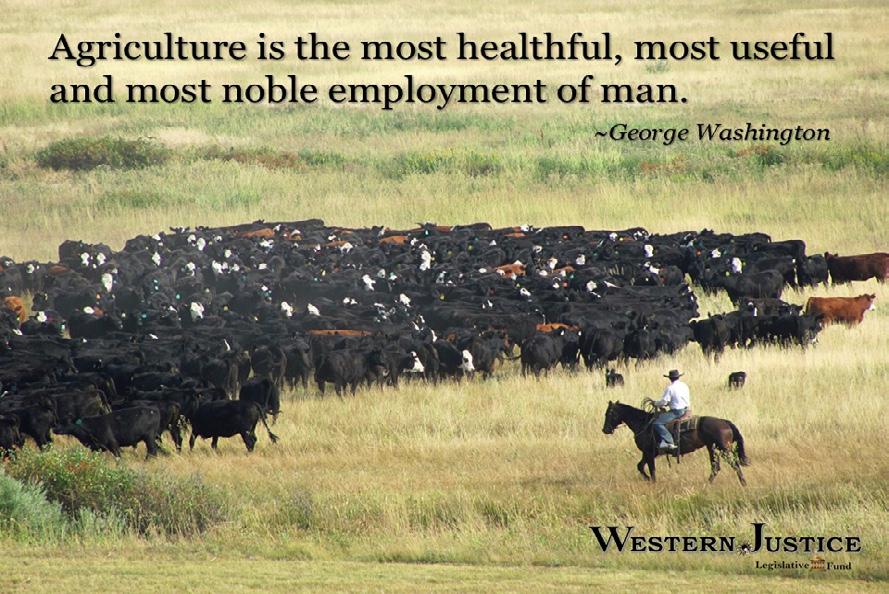
BULL BUYERS GUIDE
